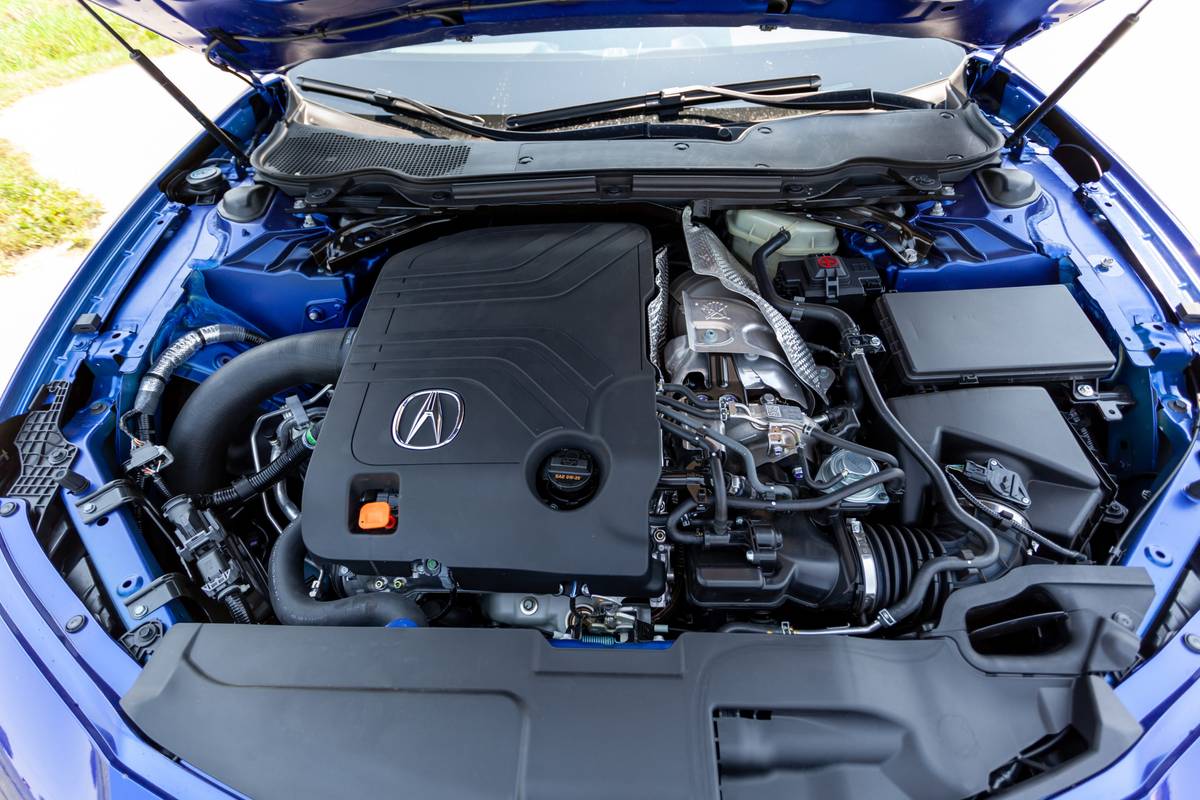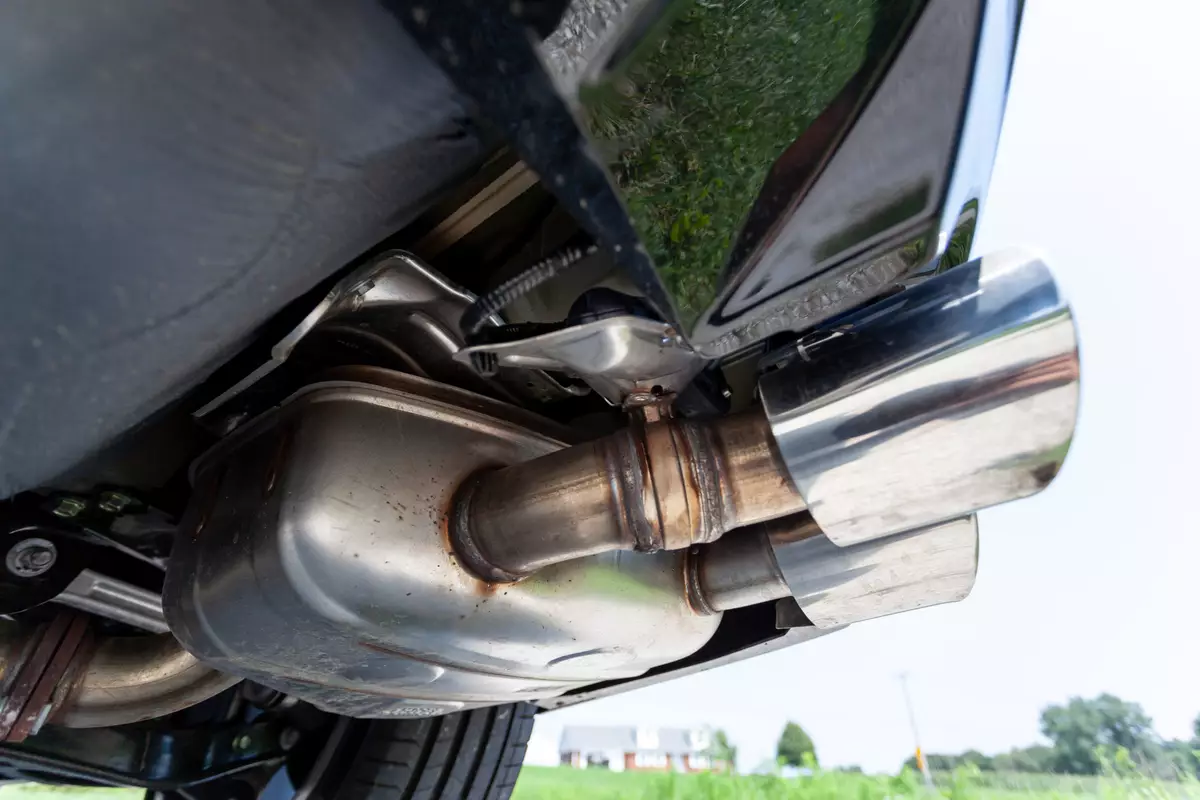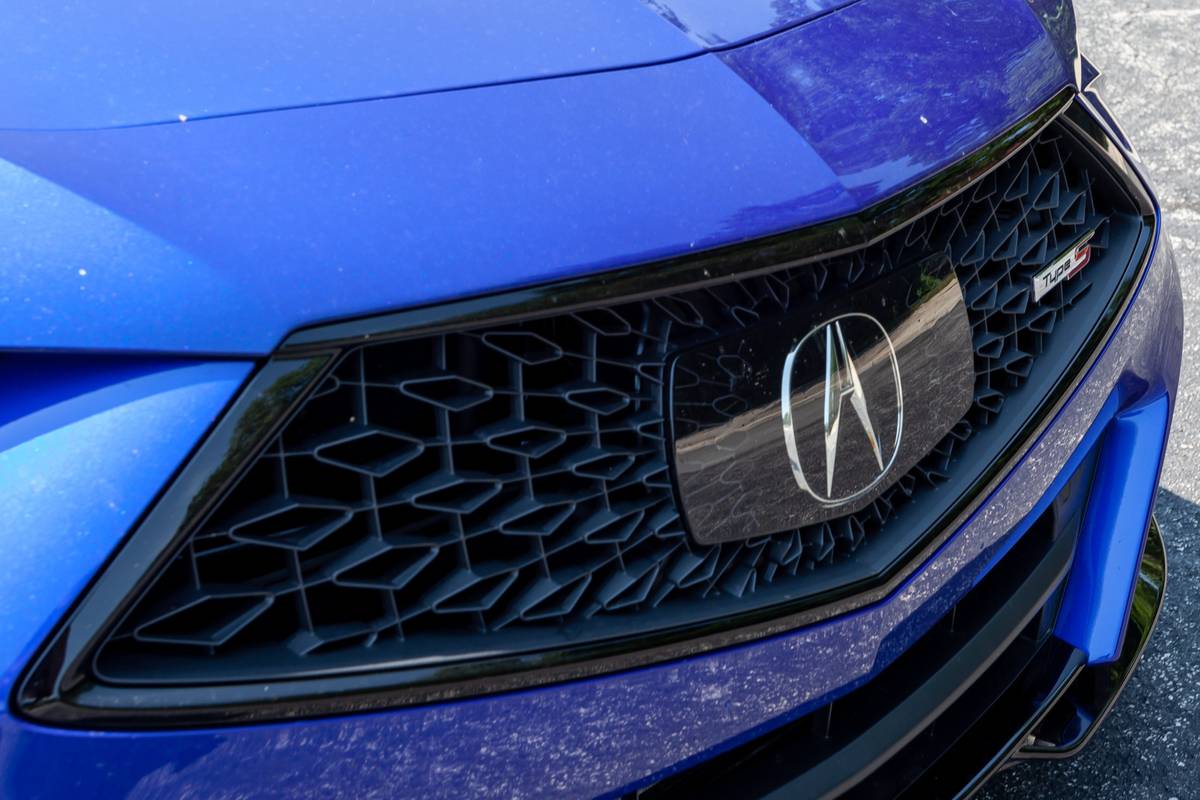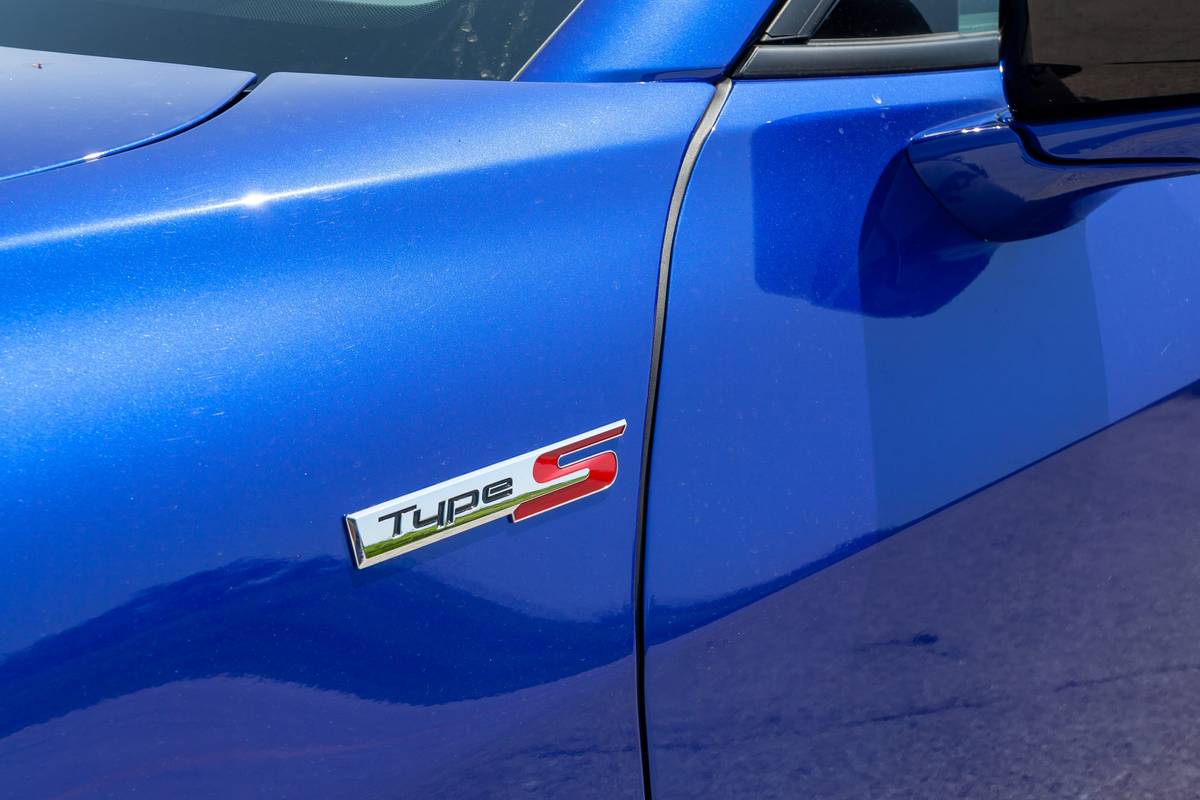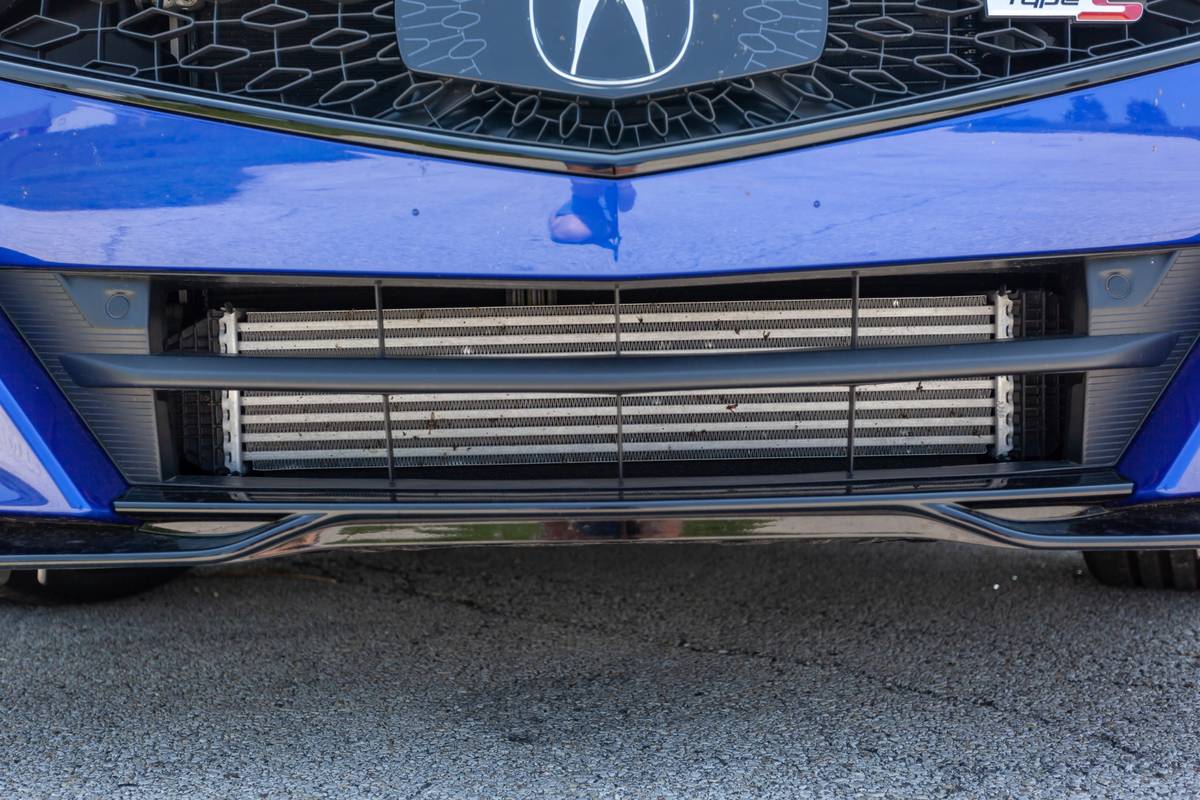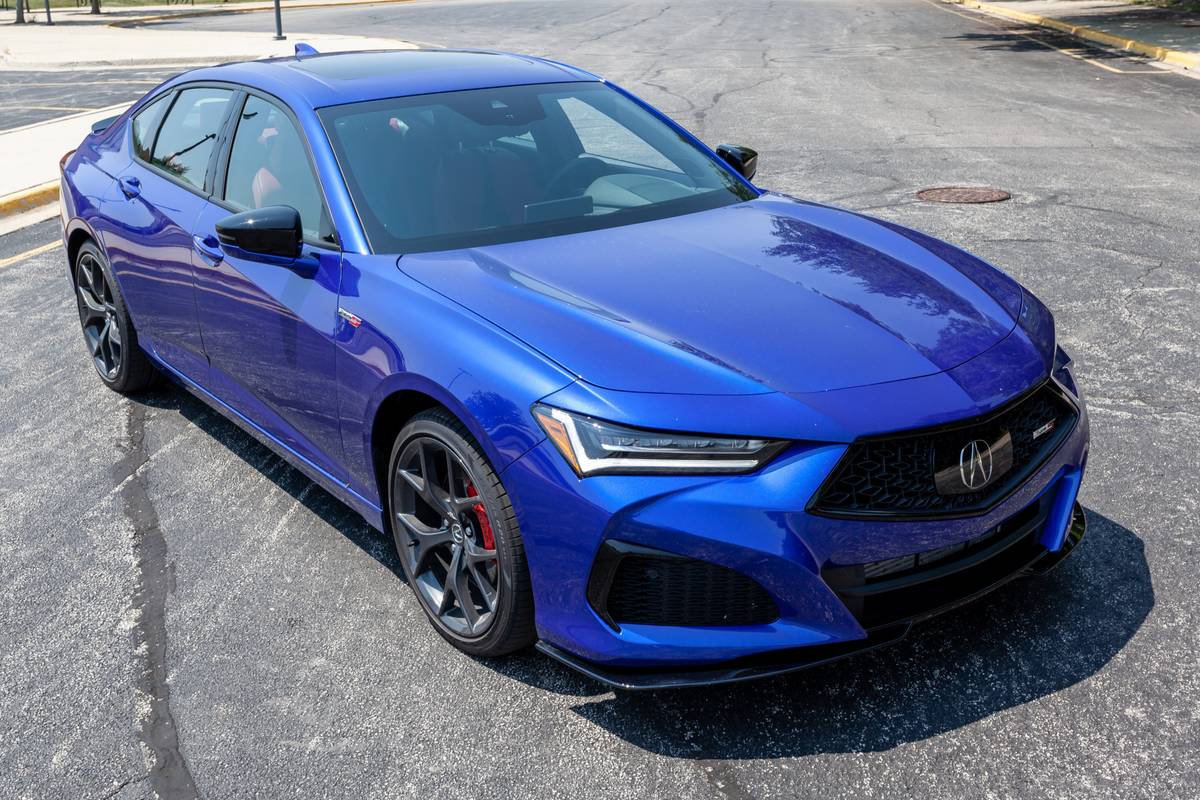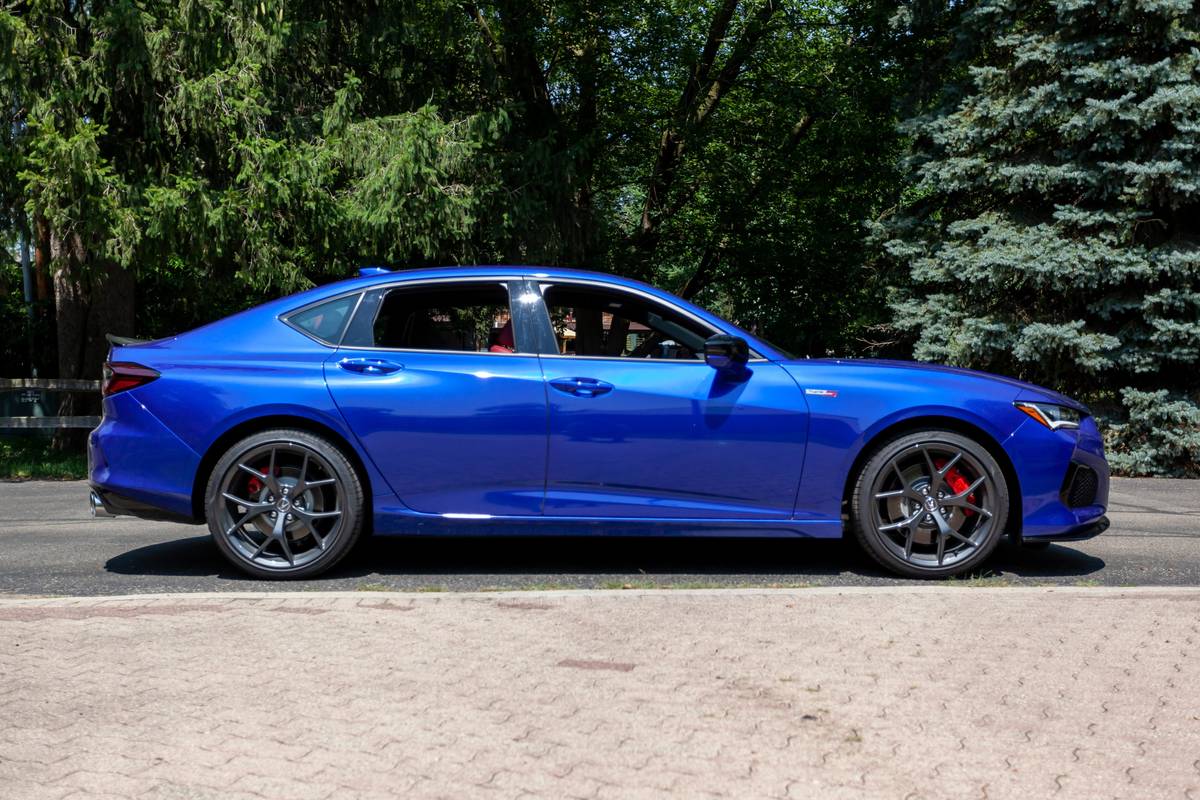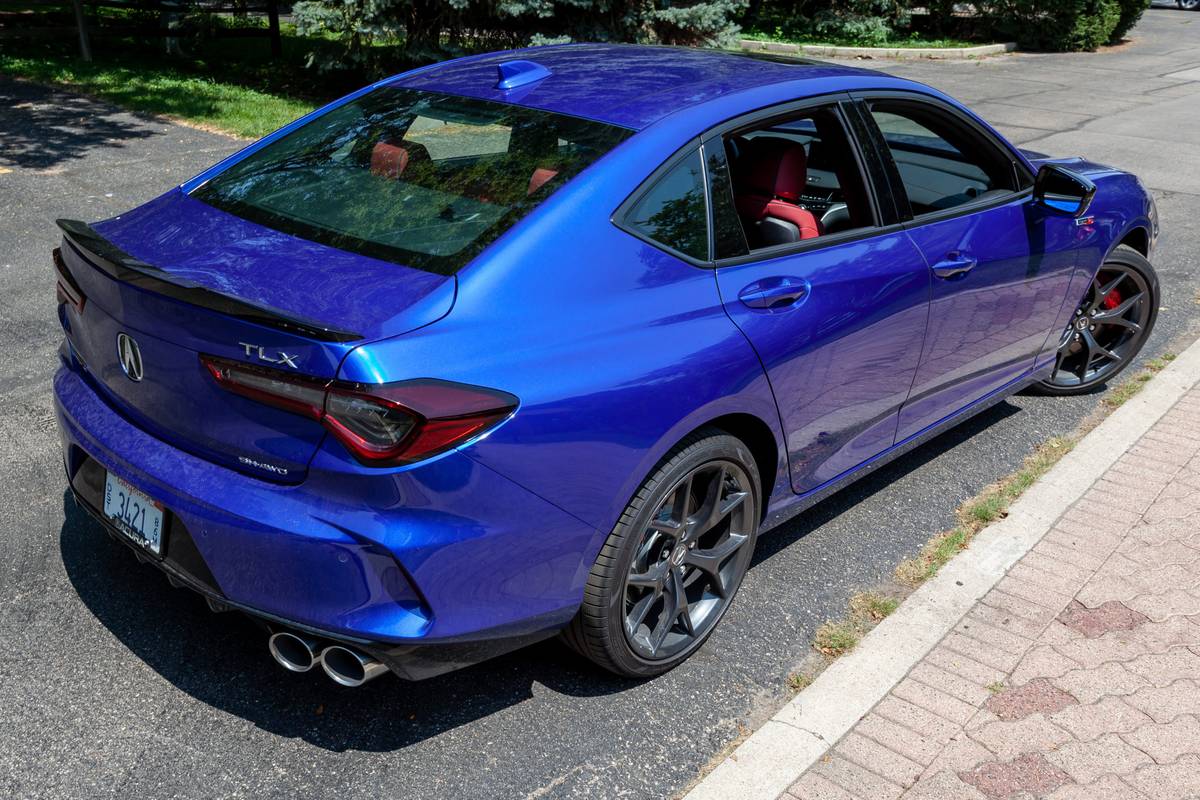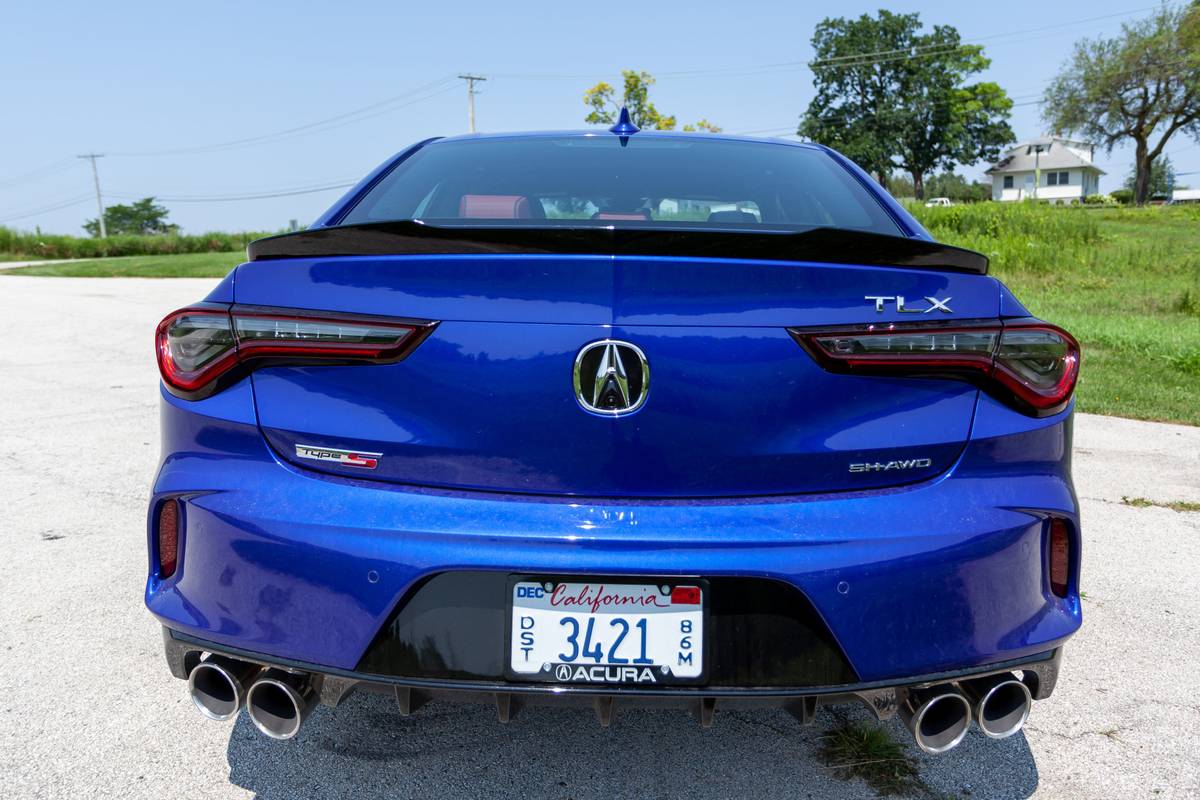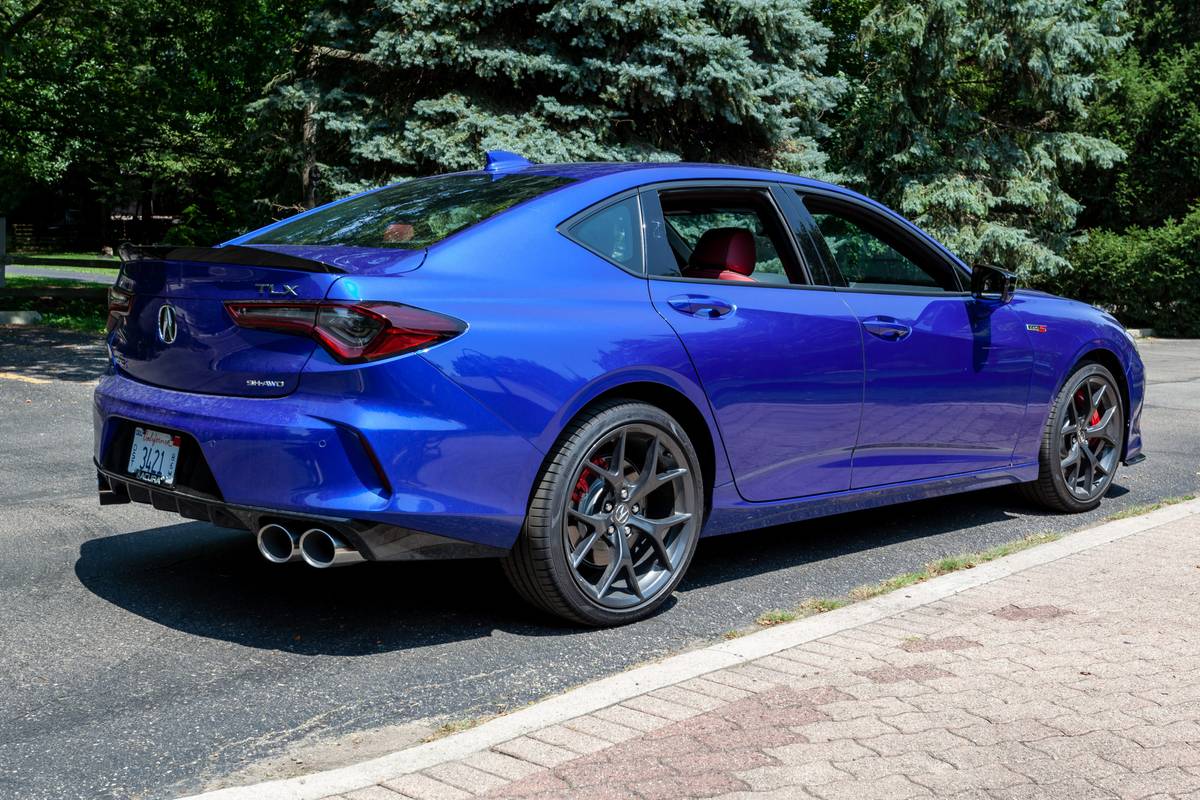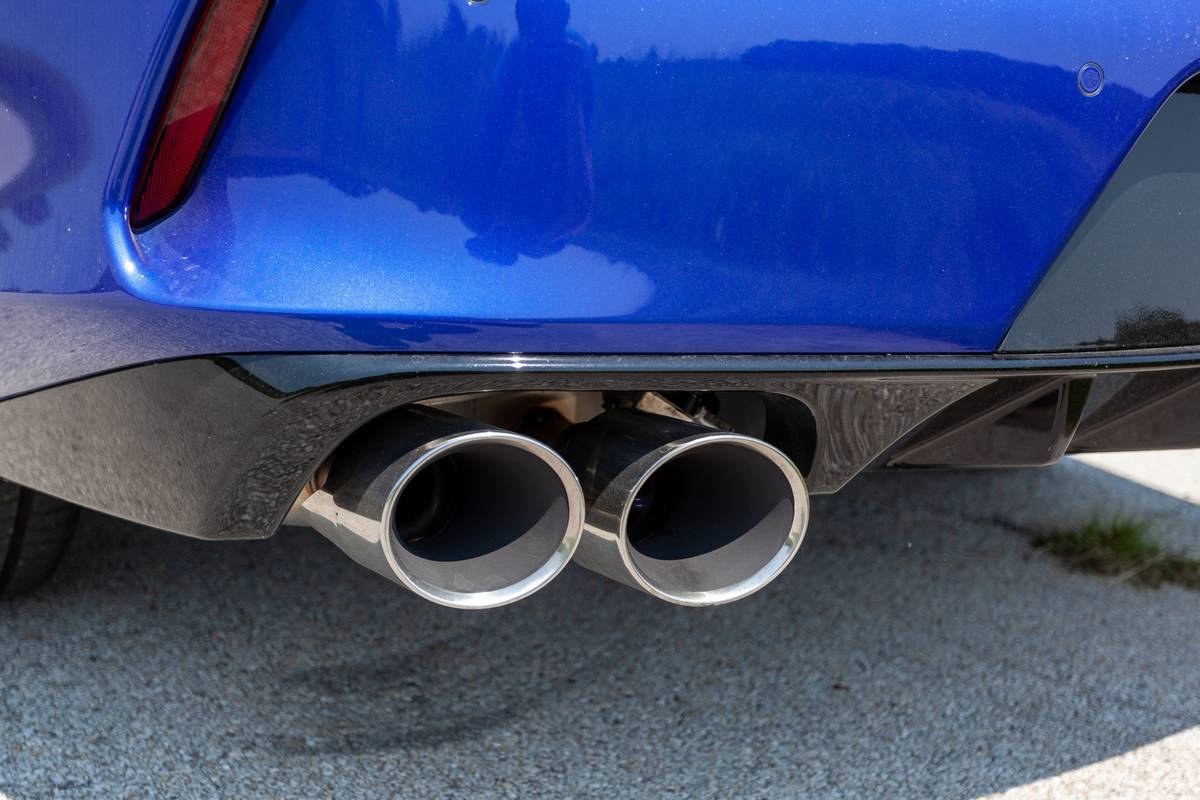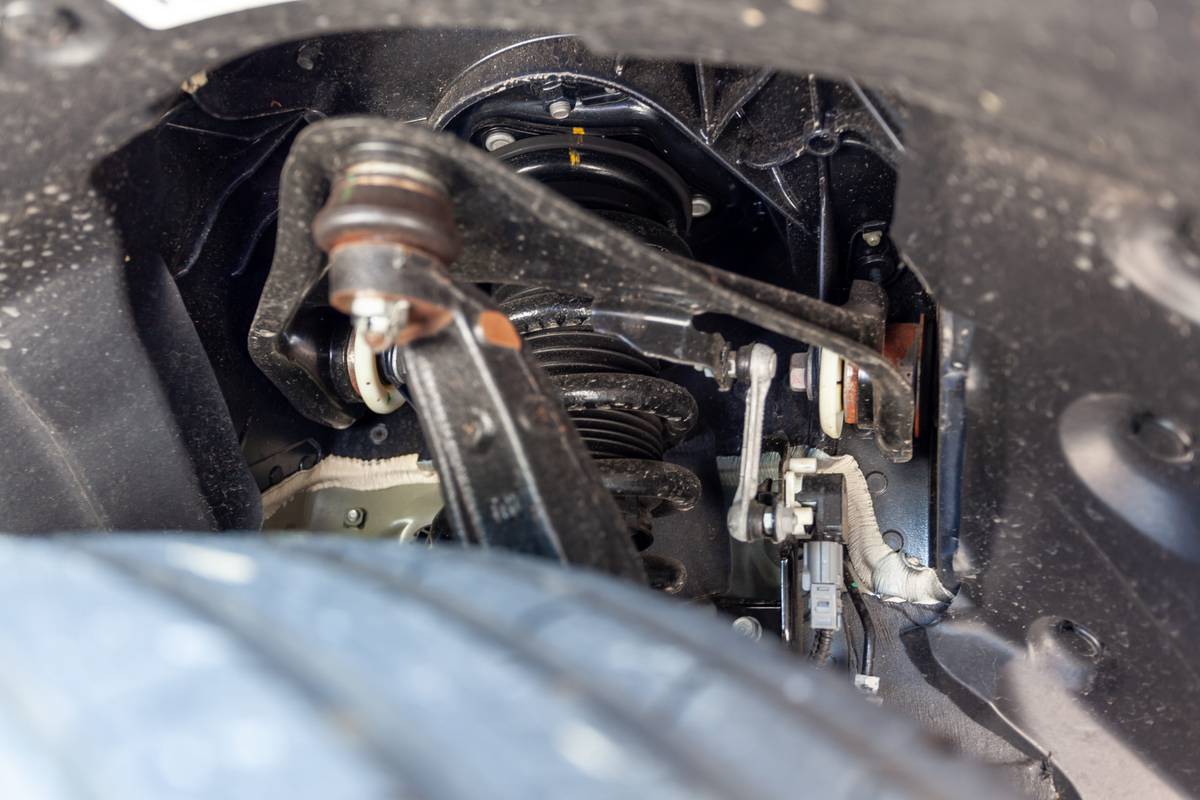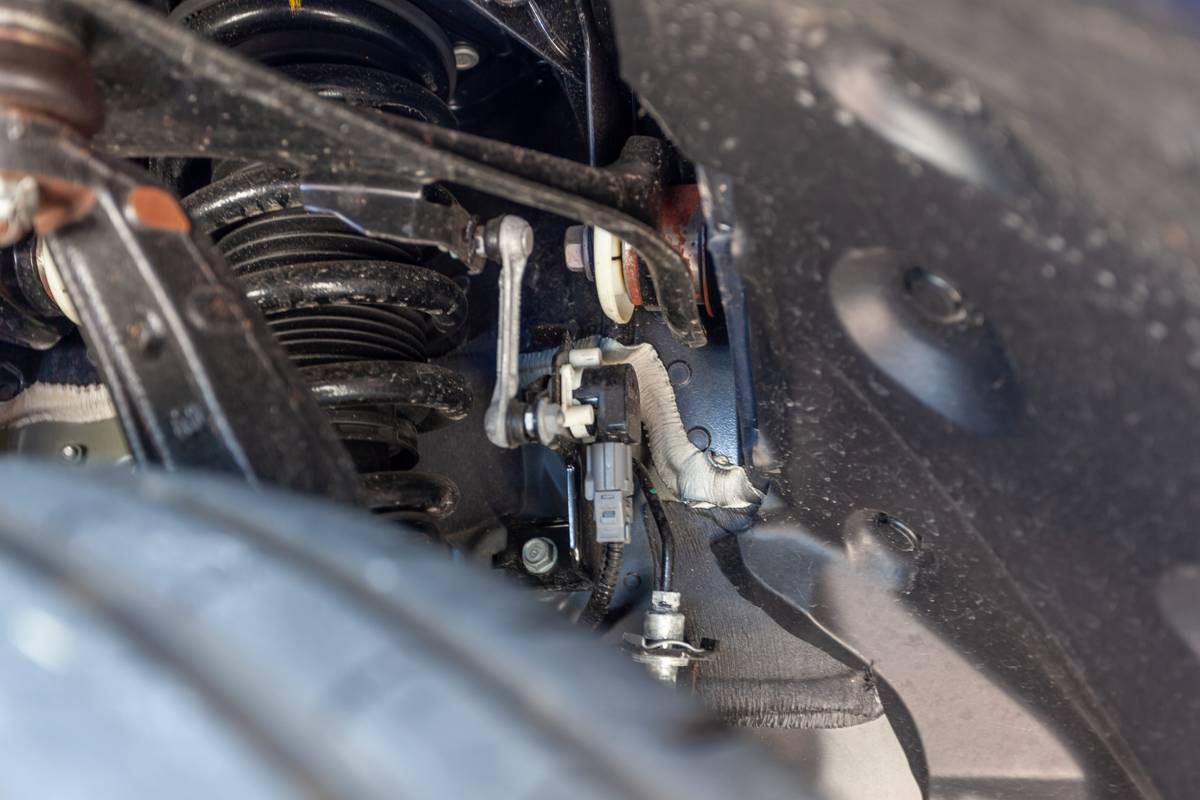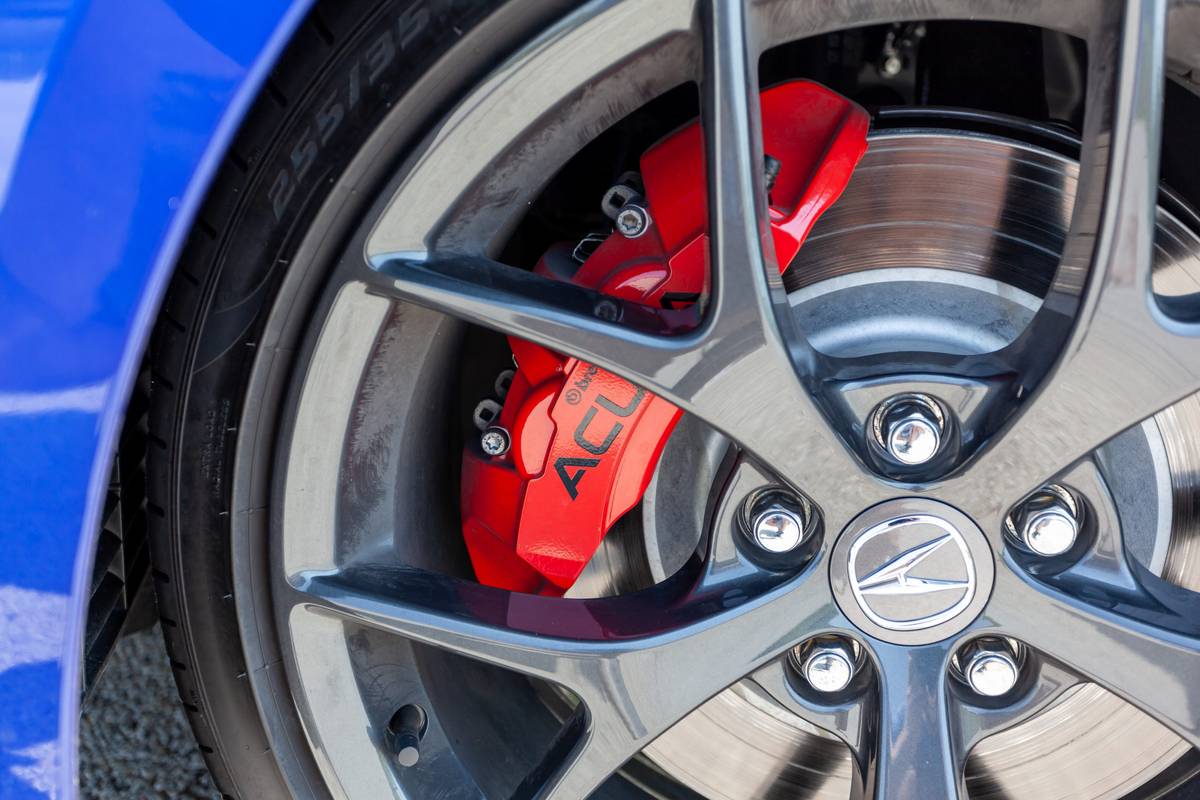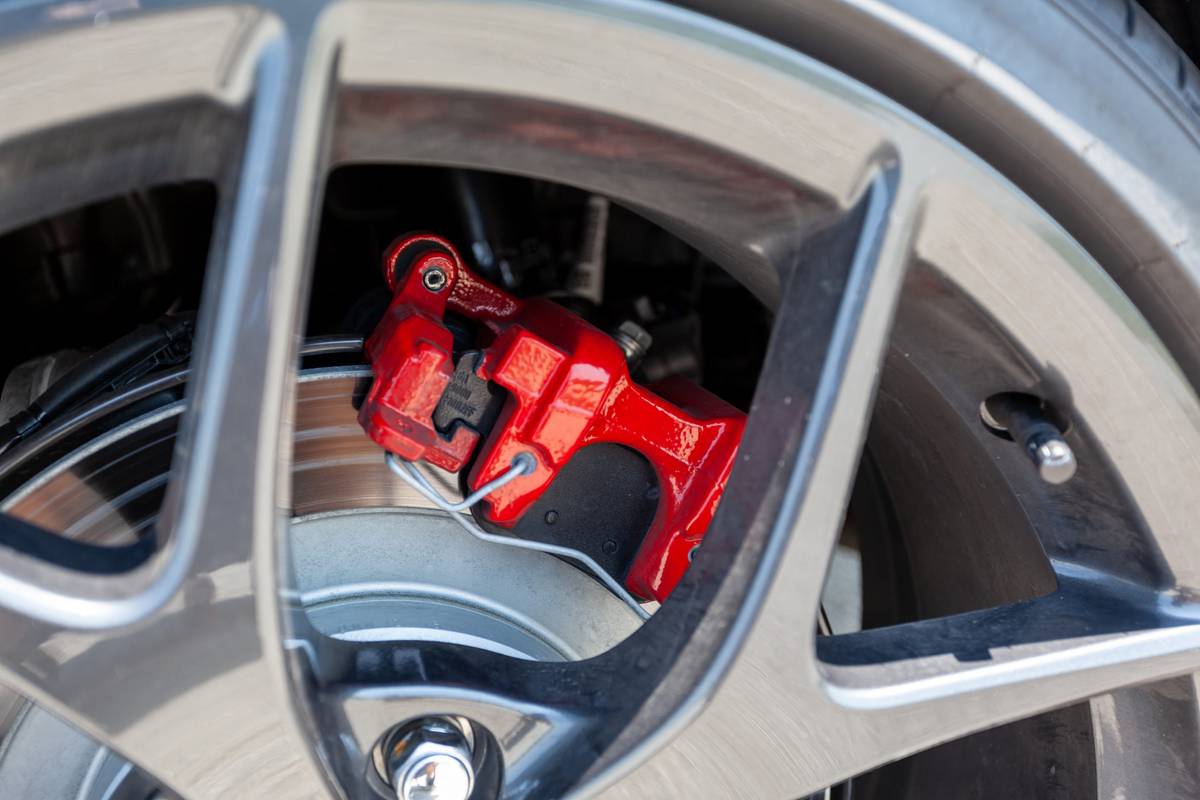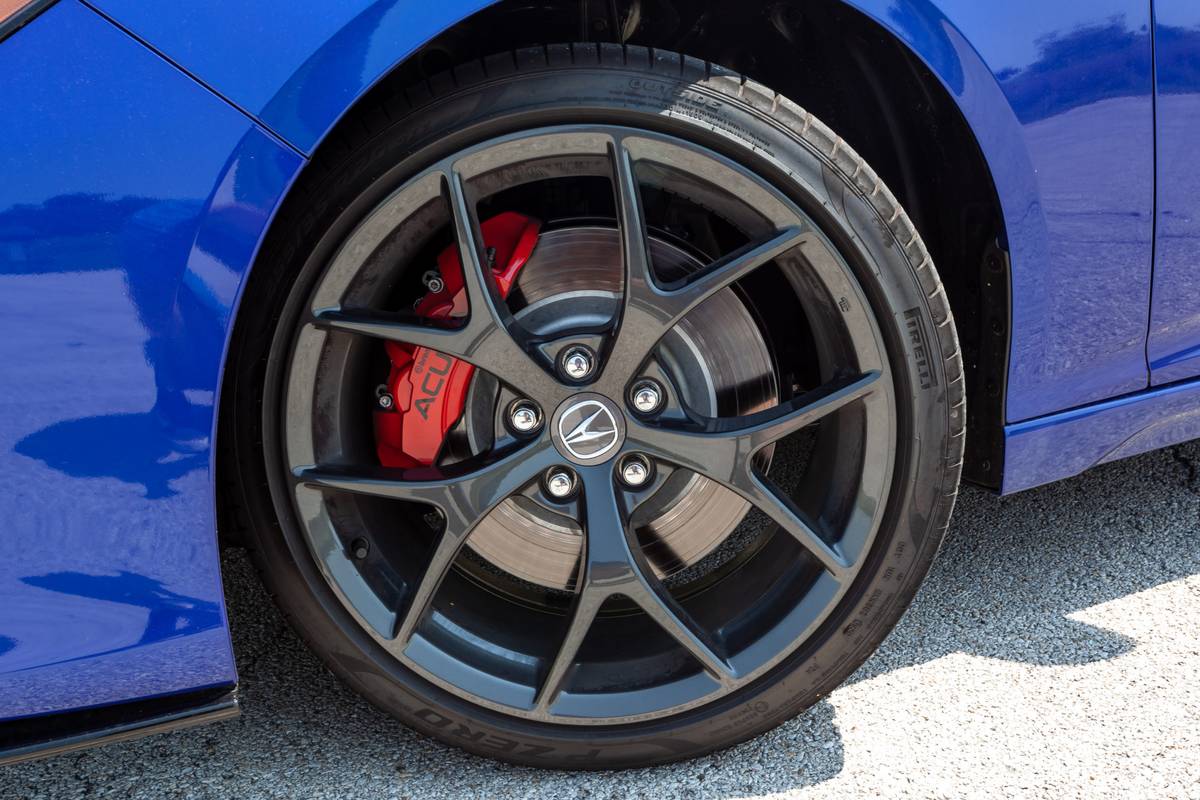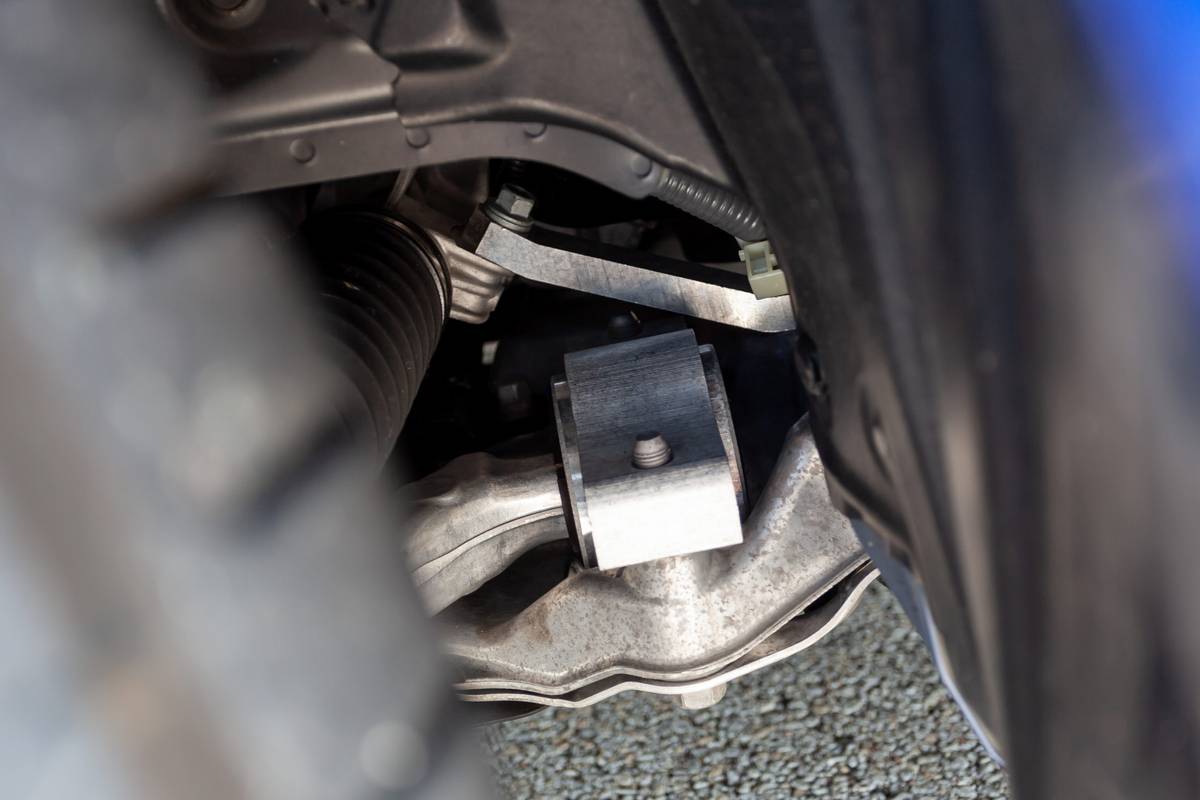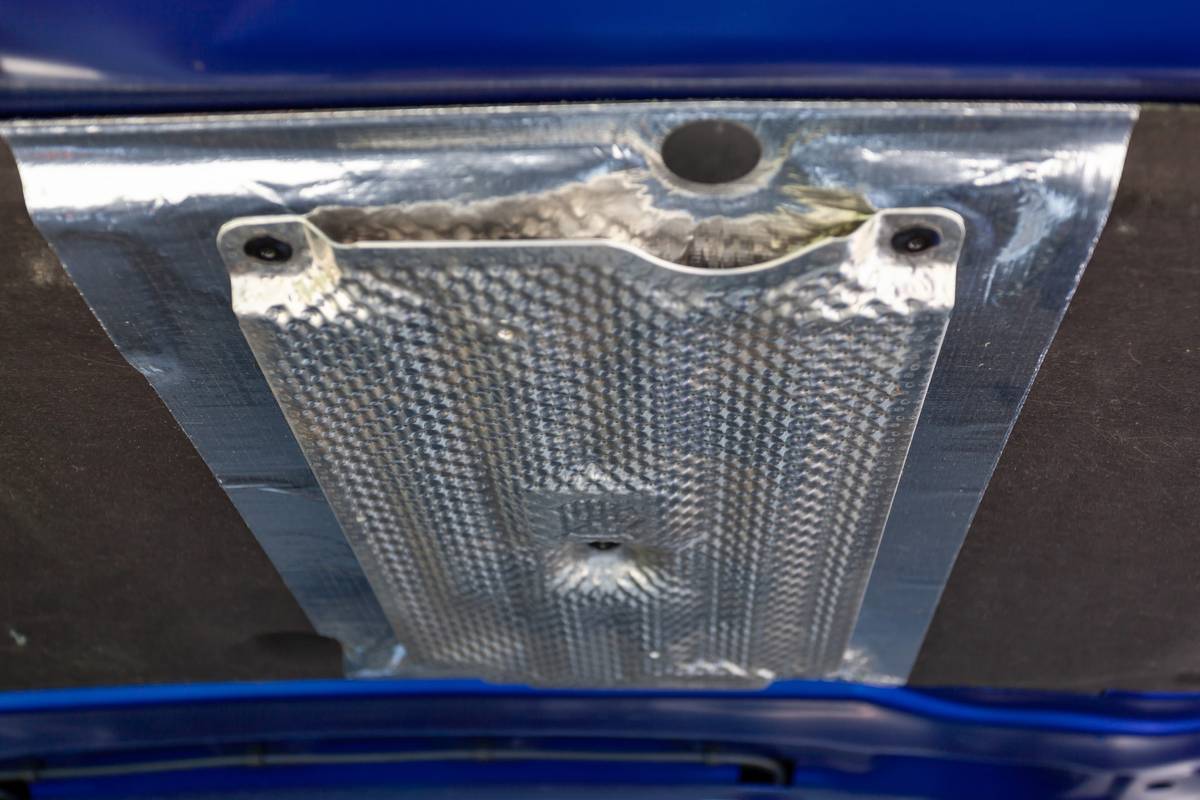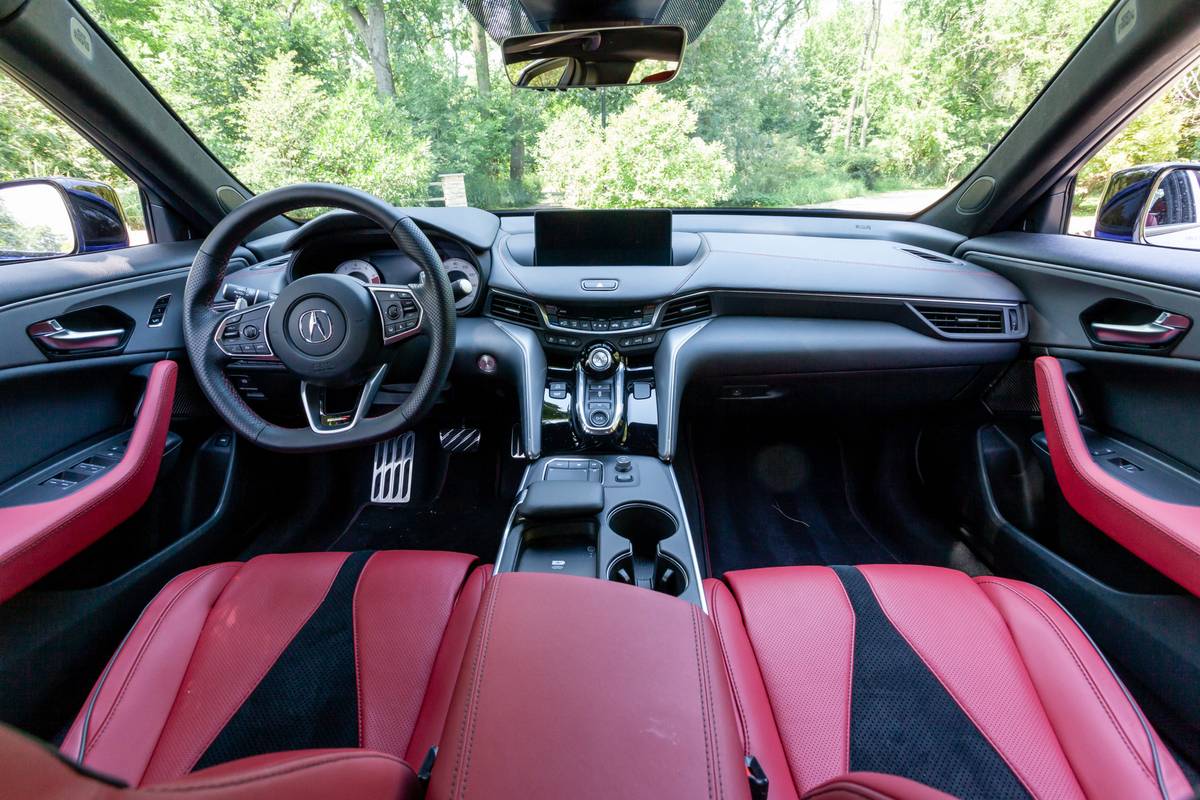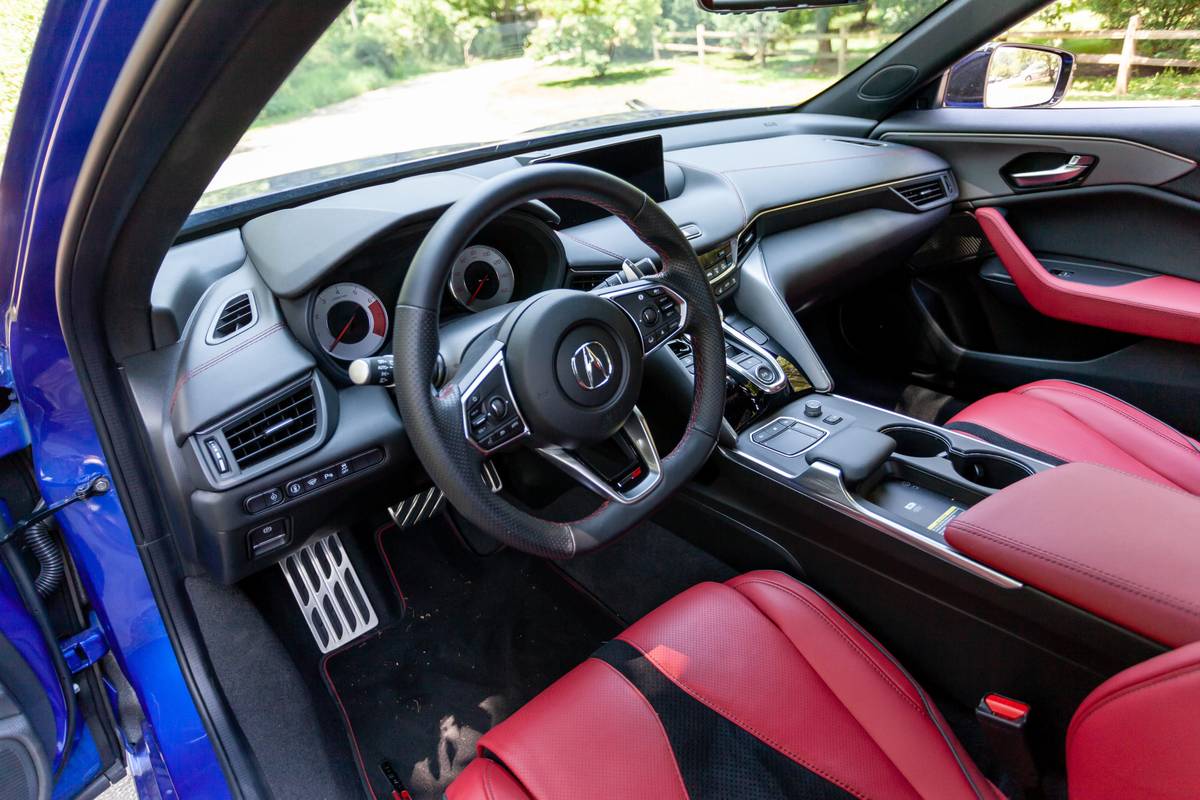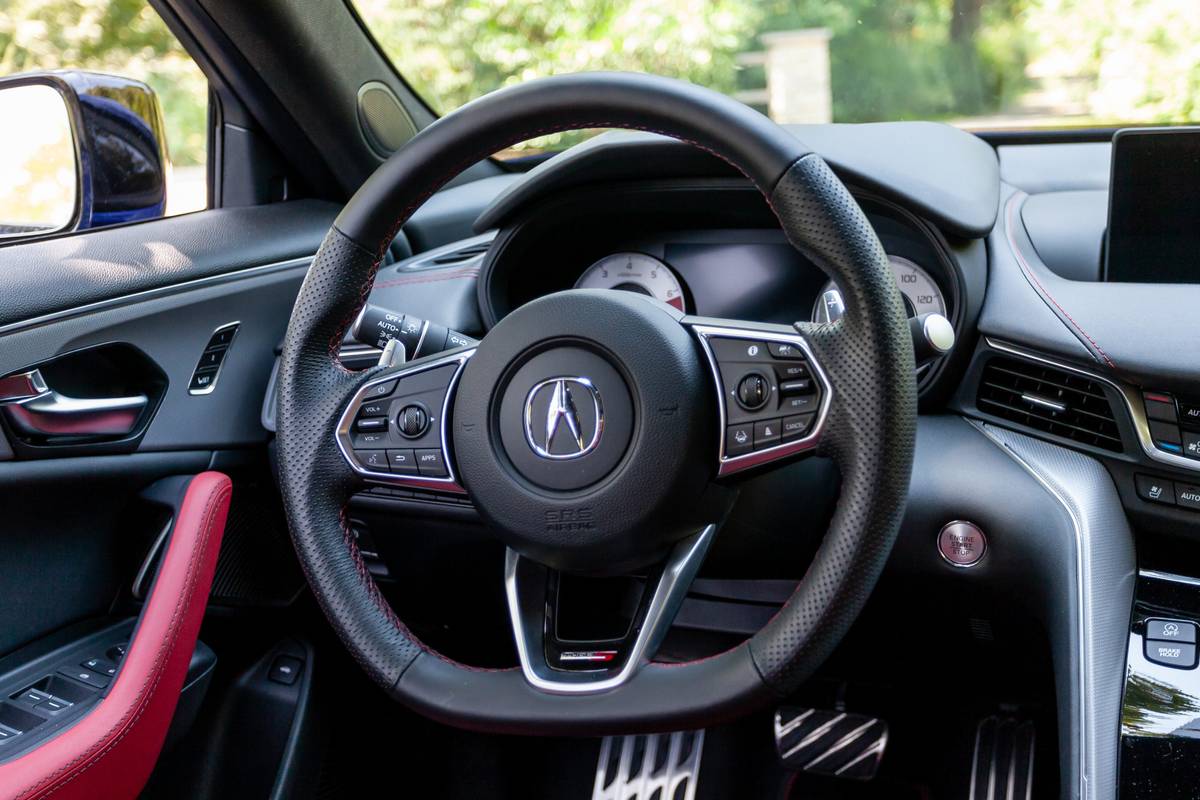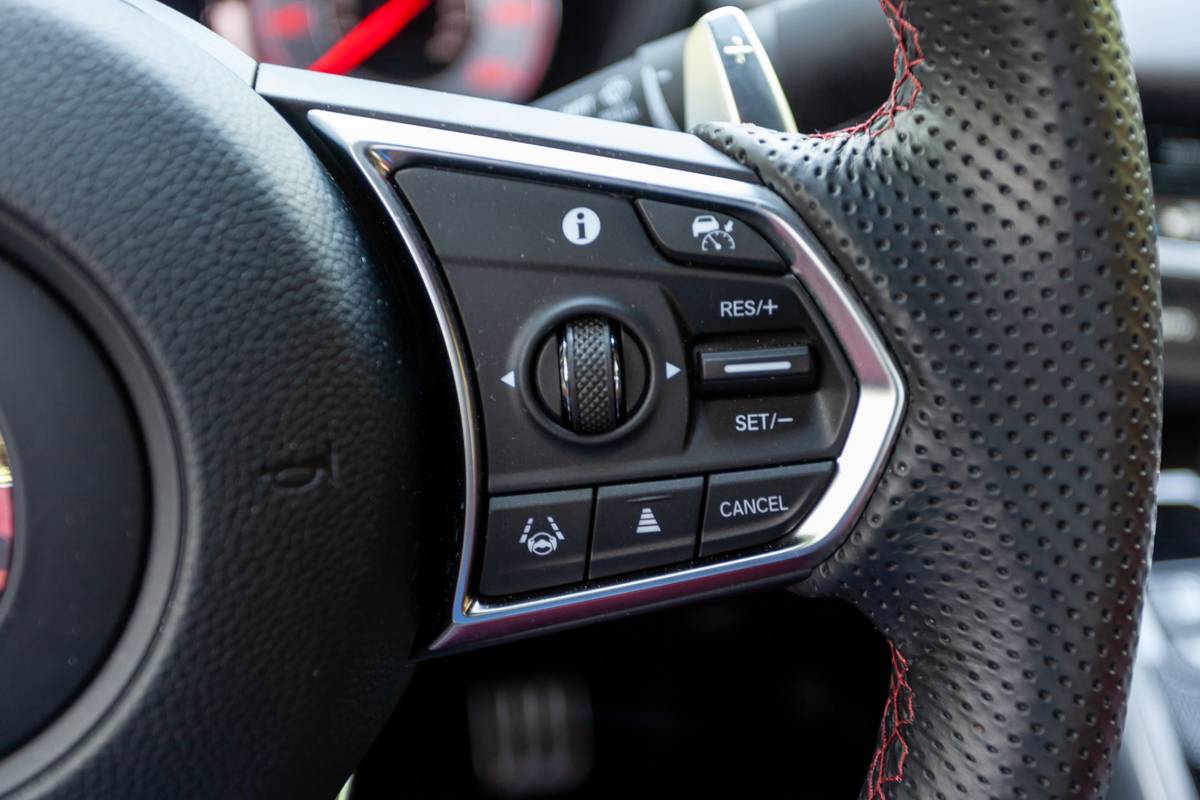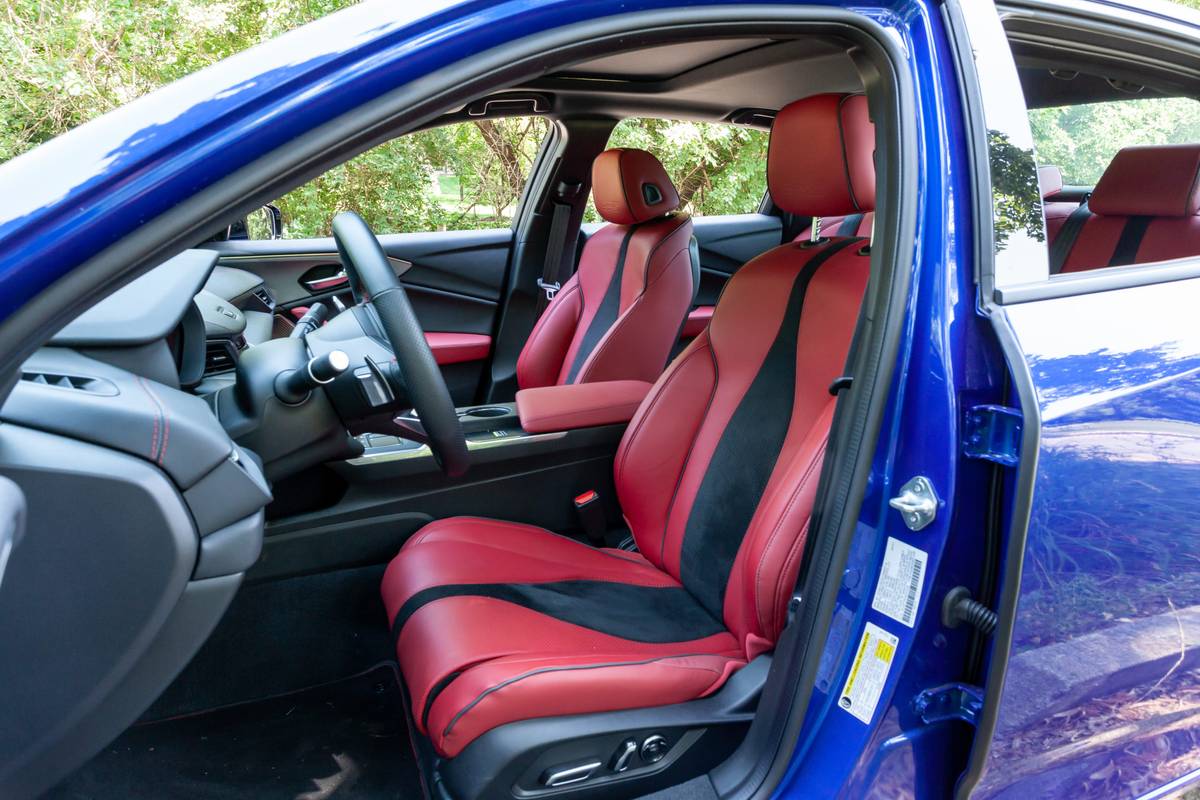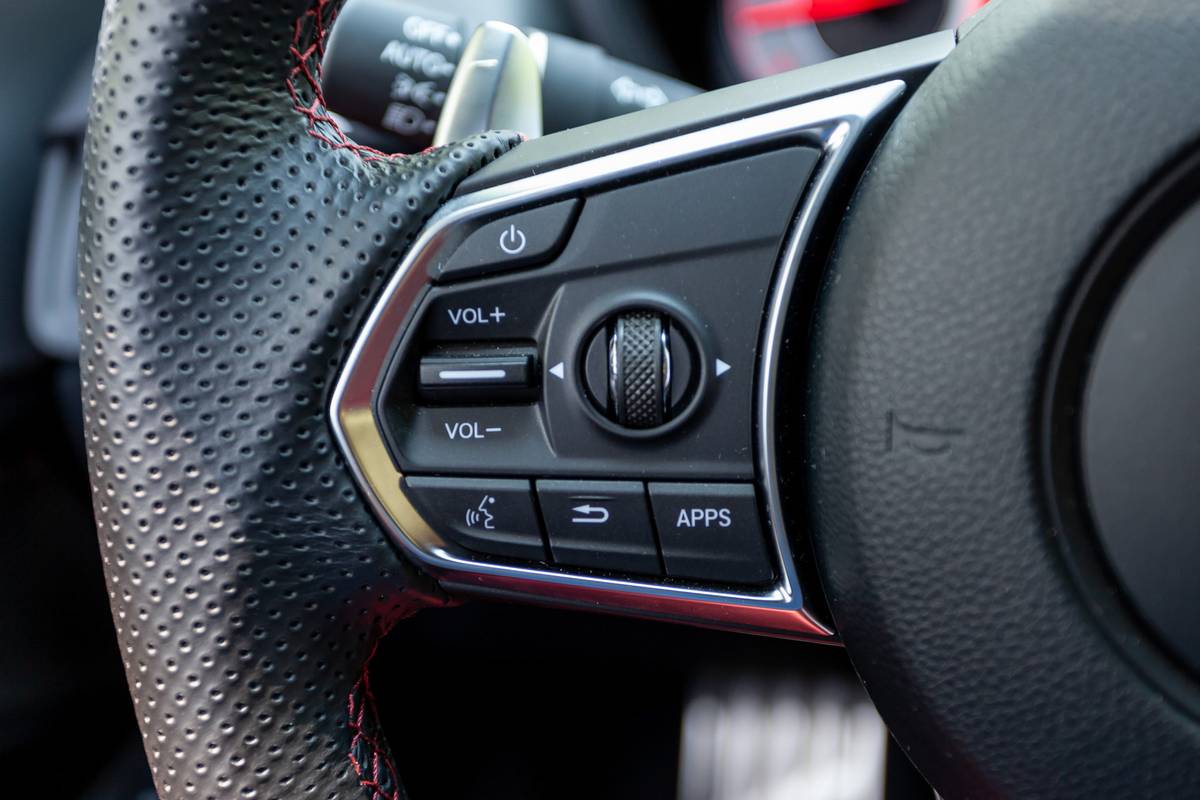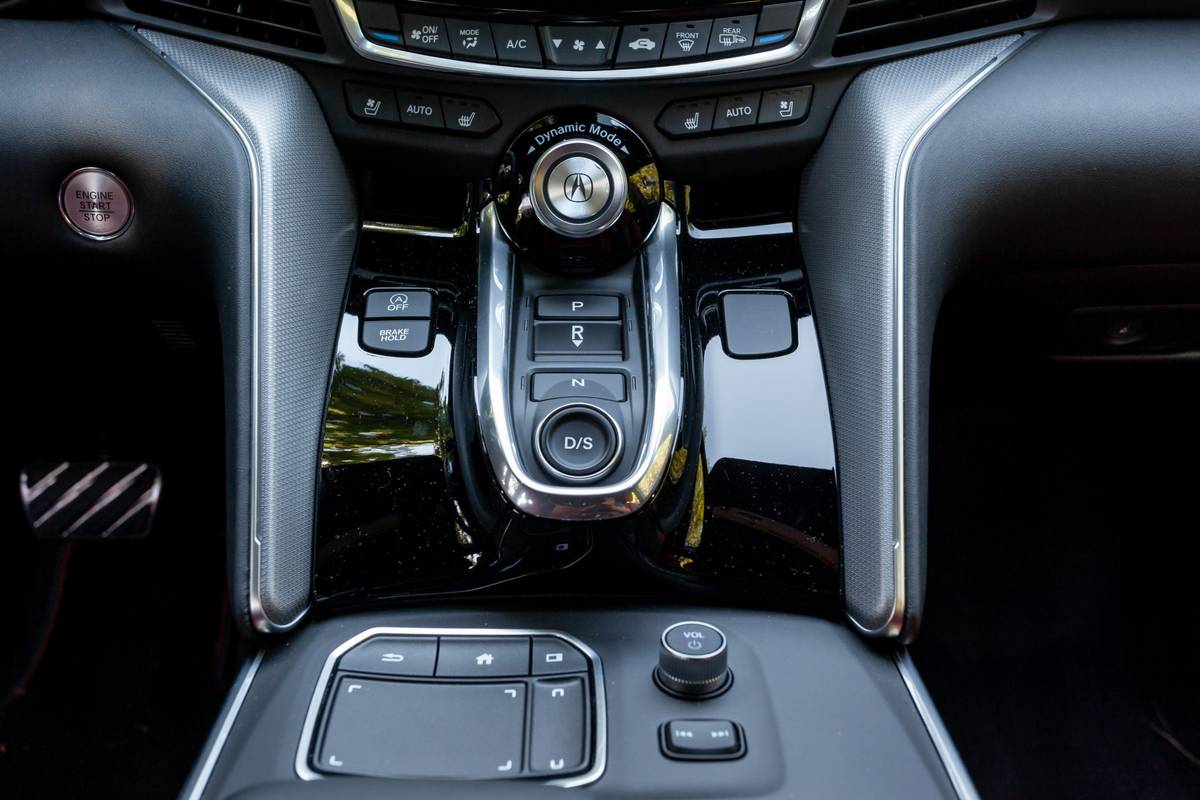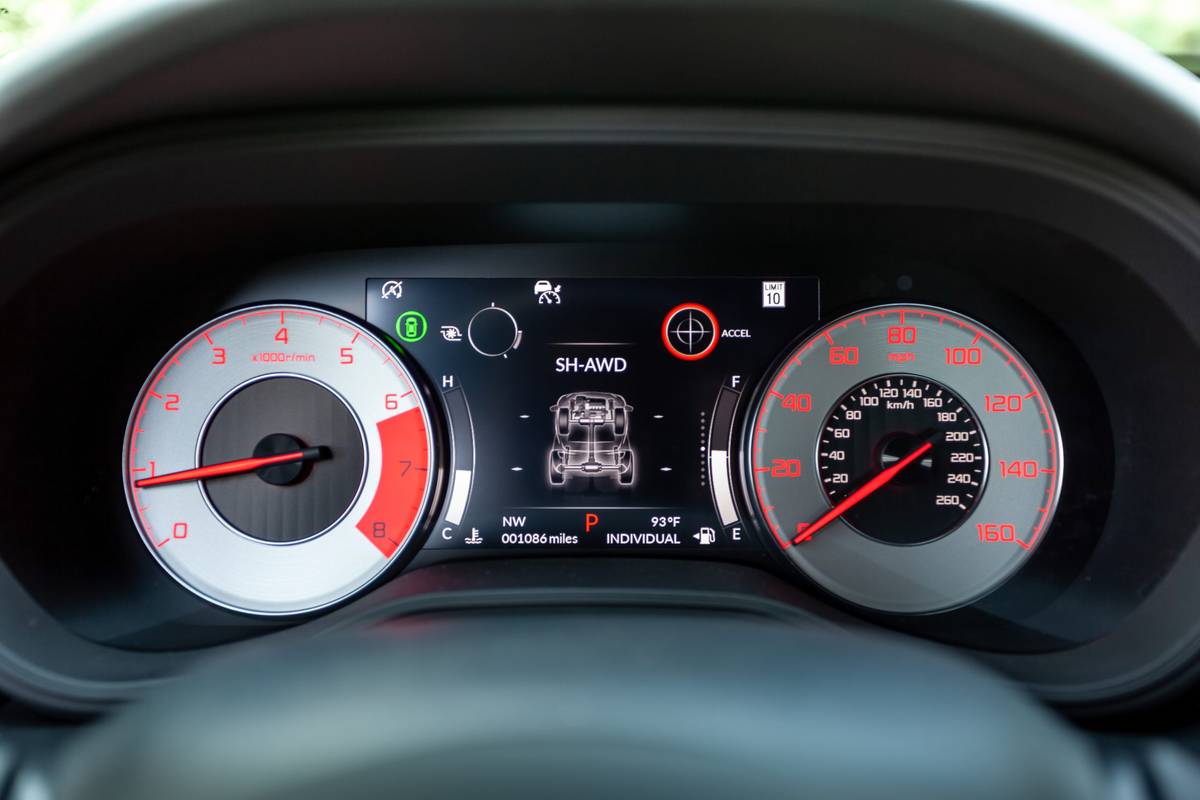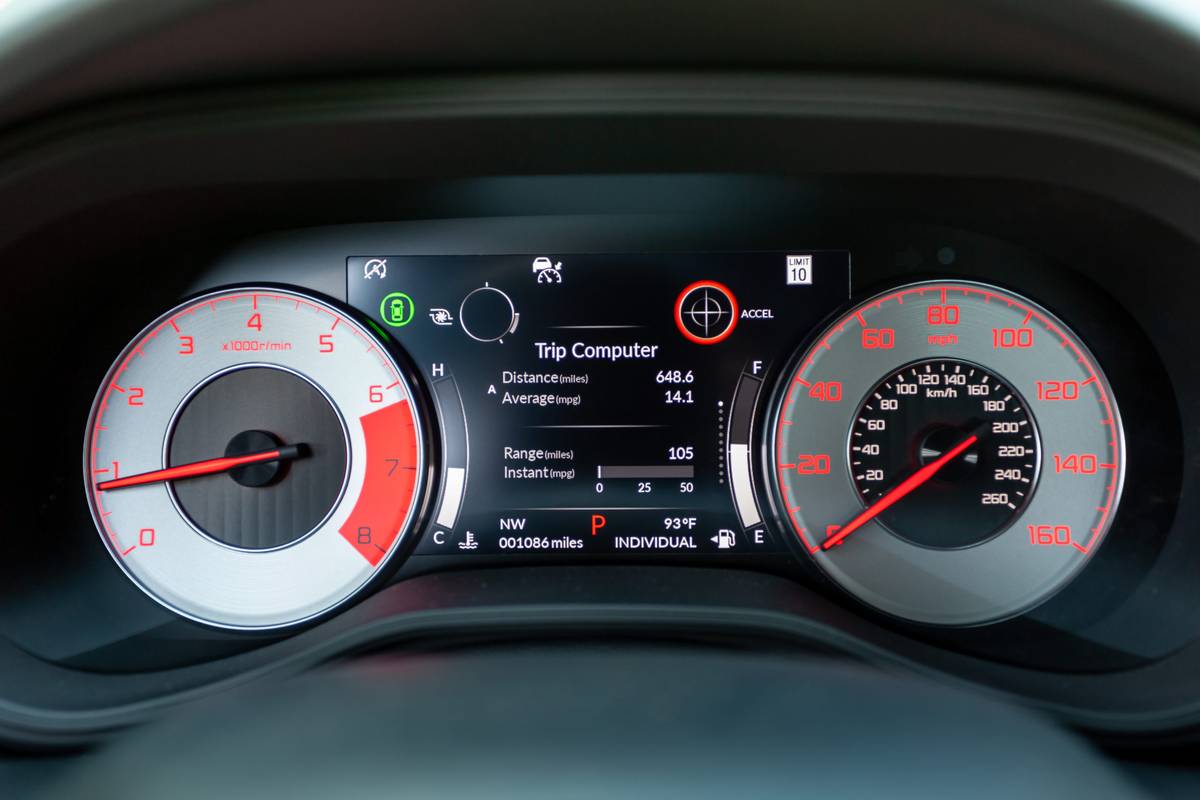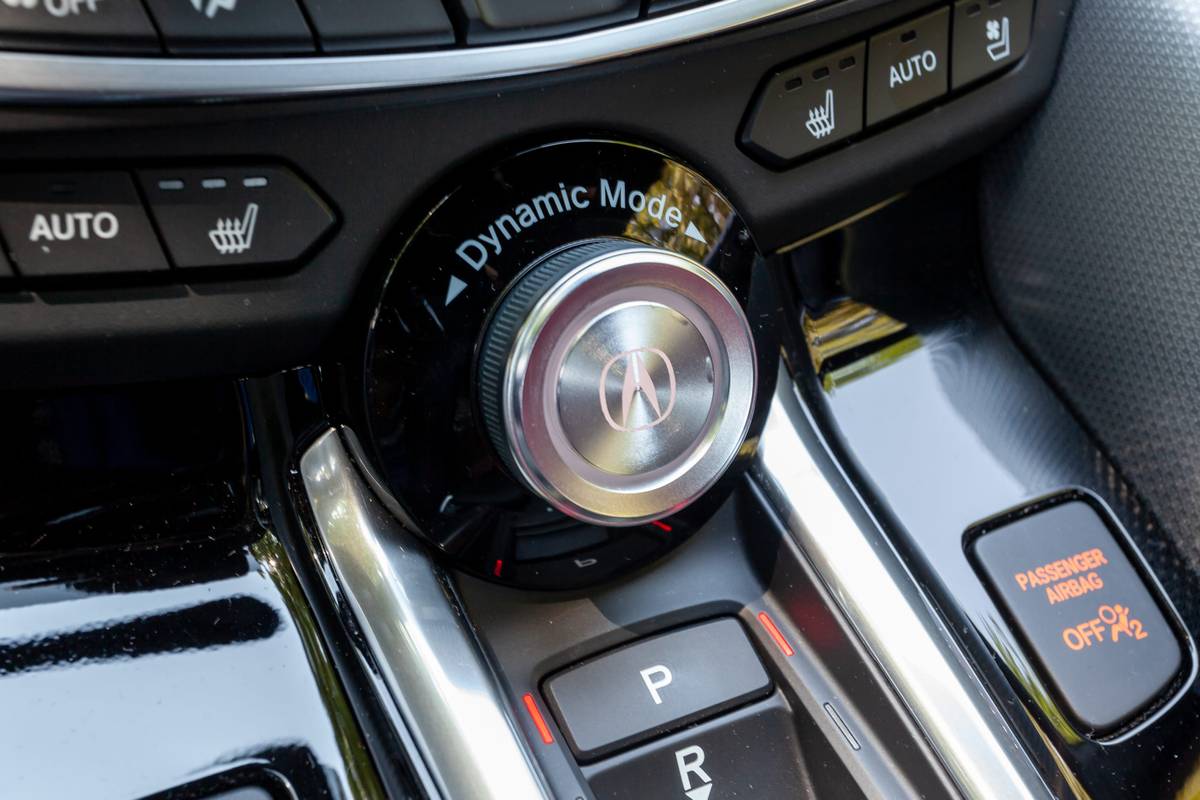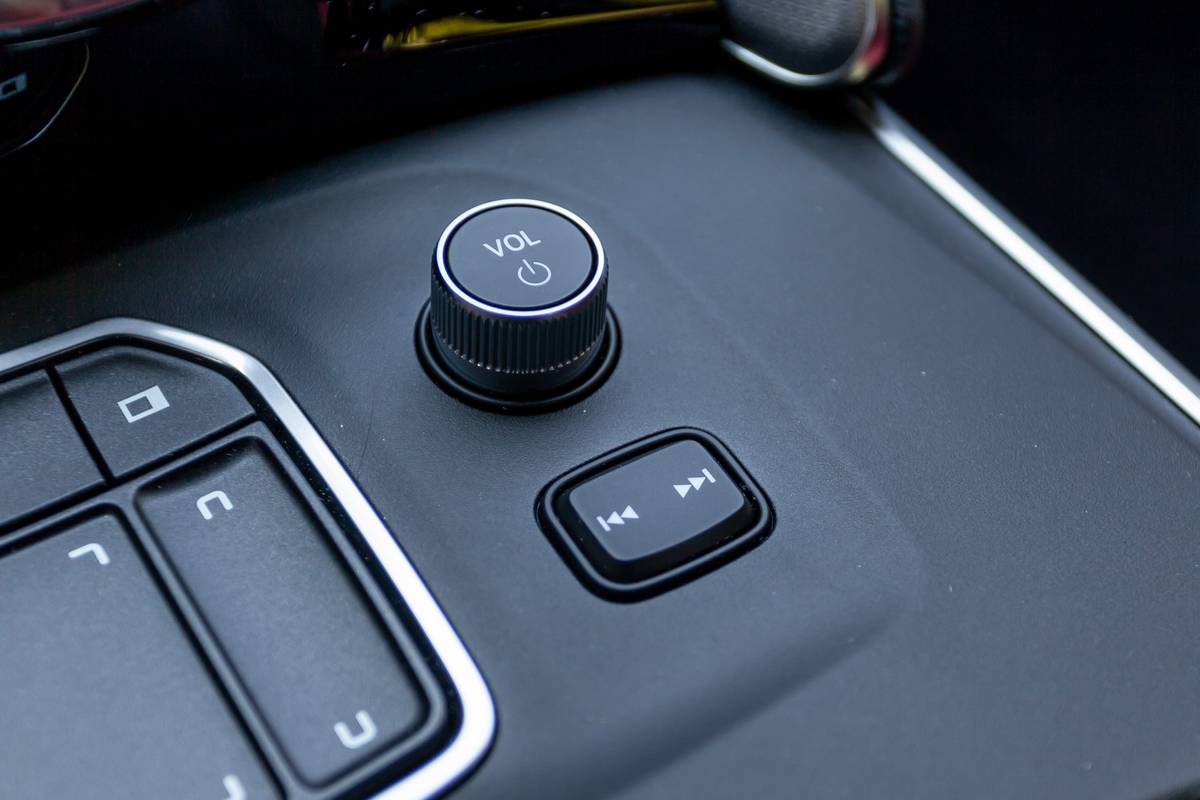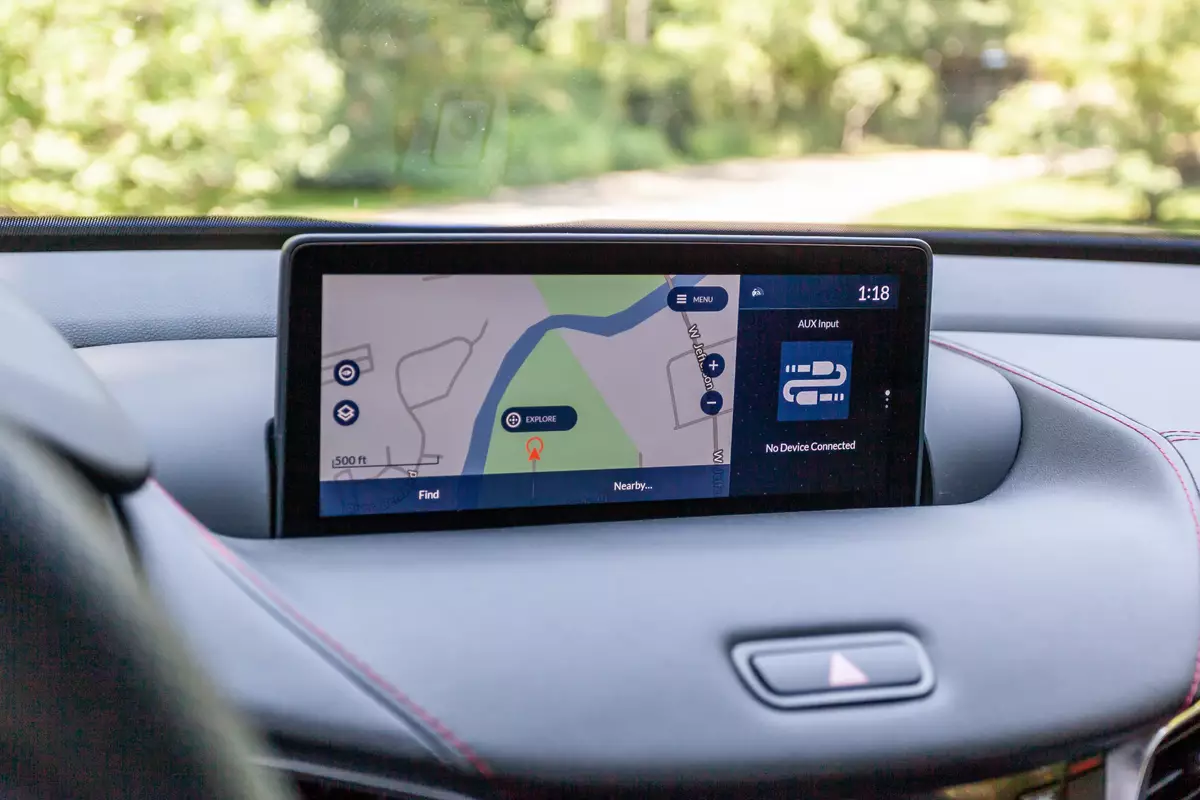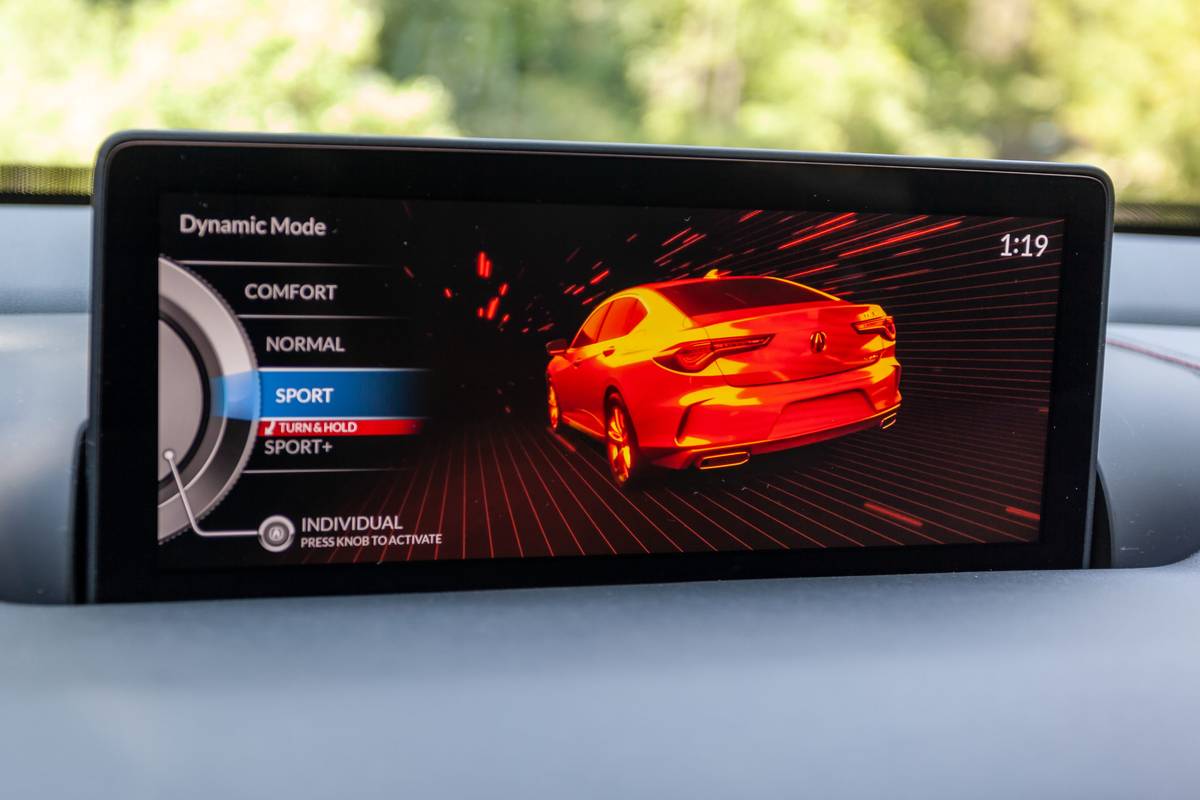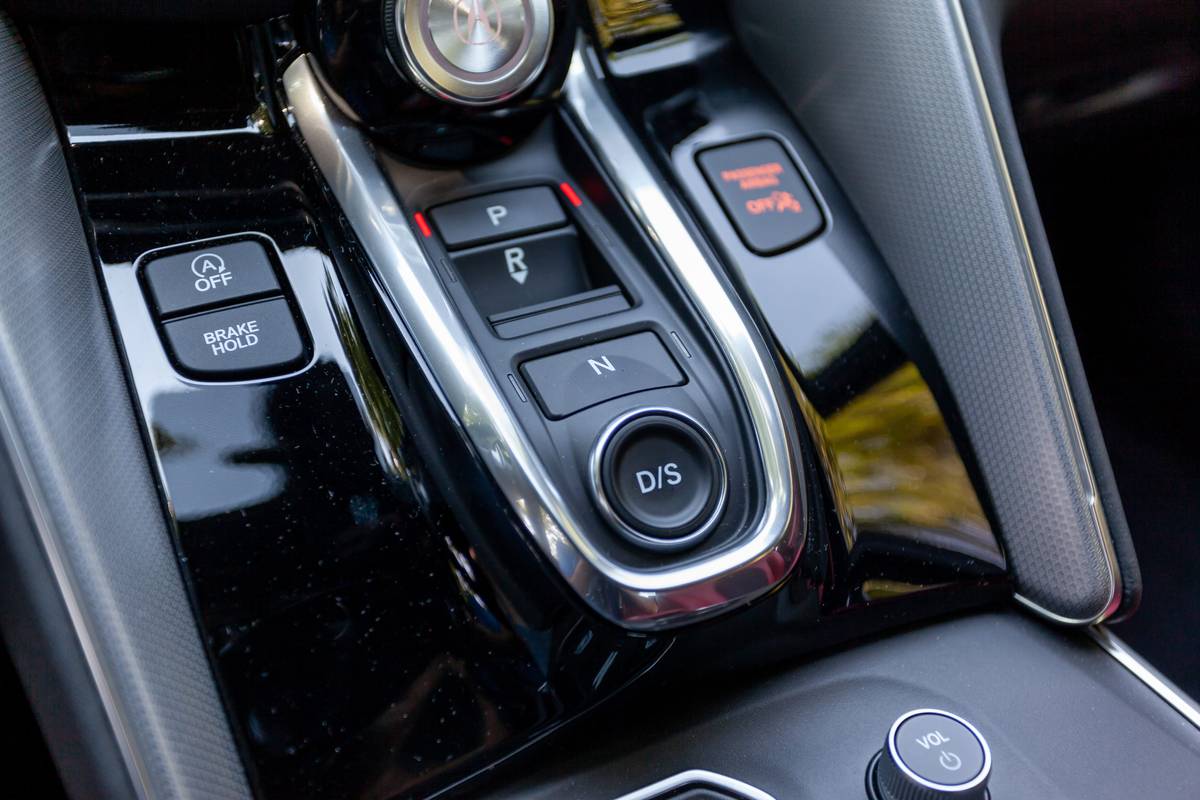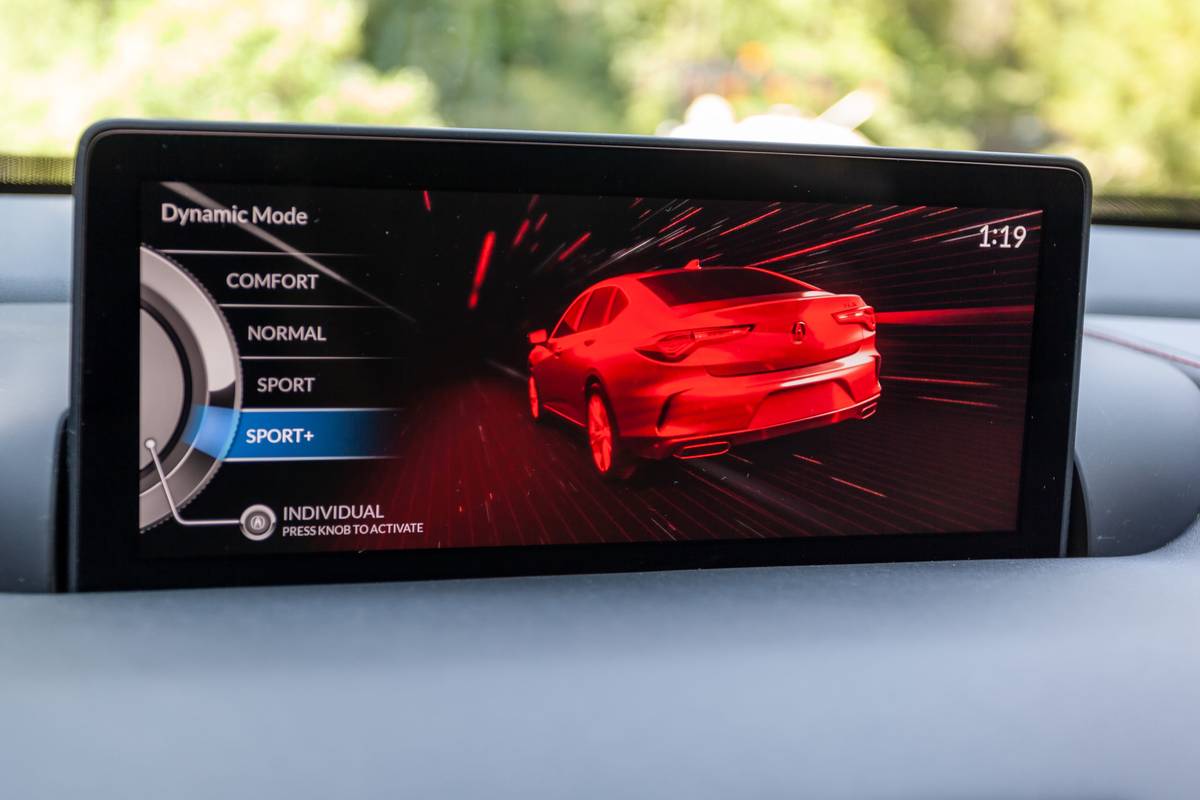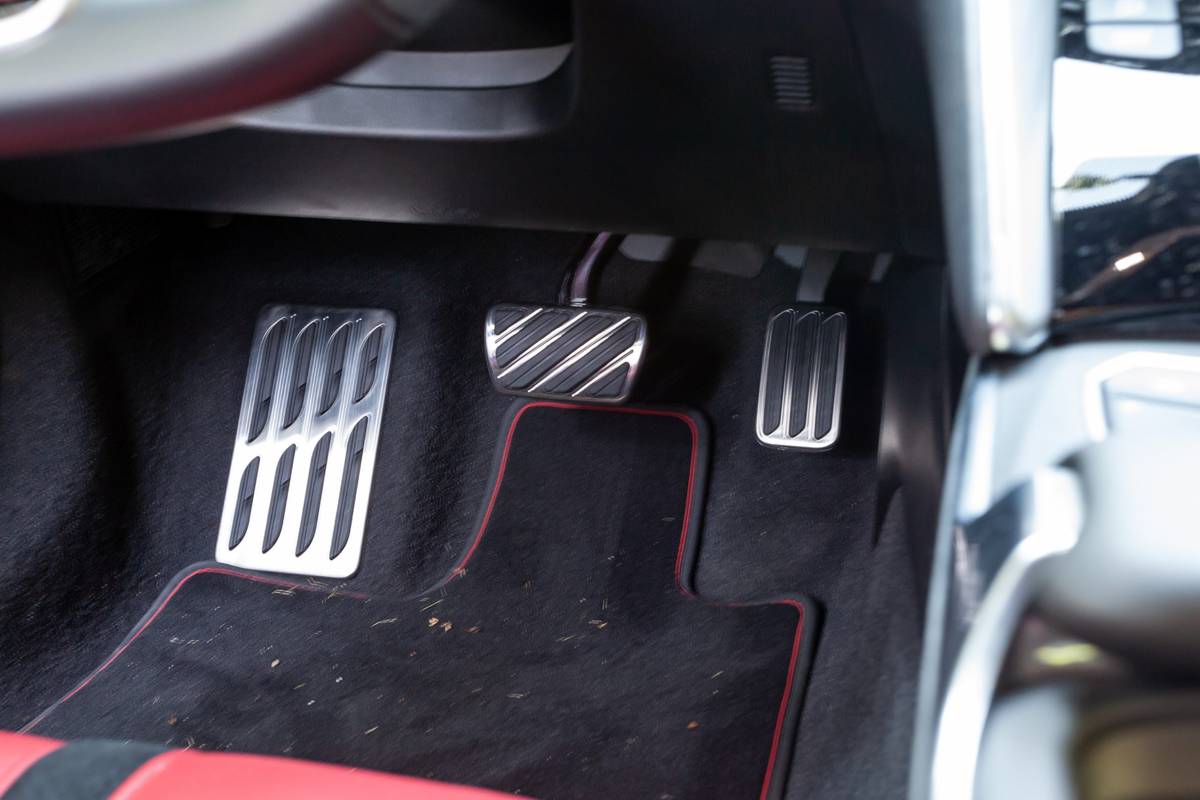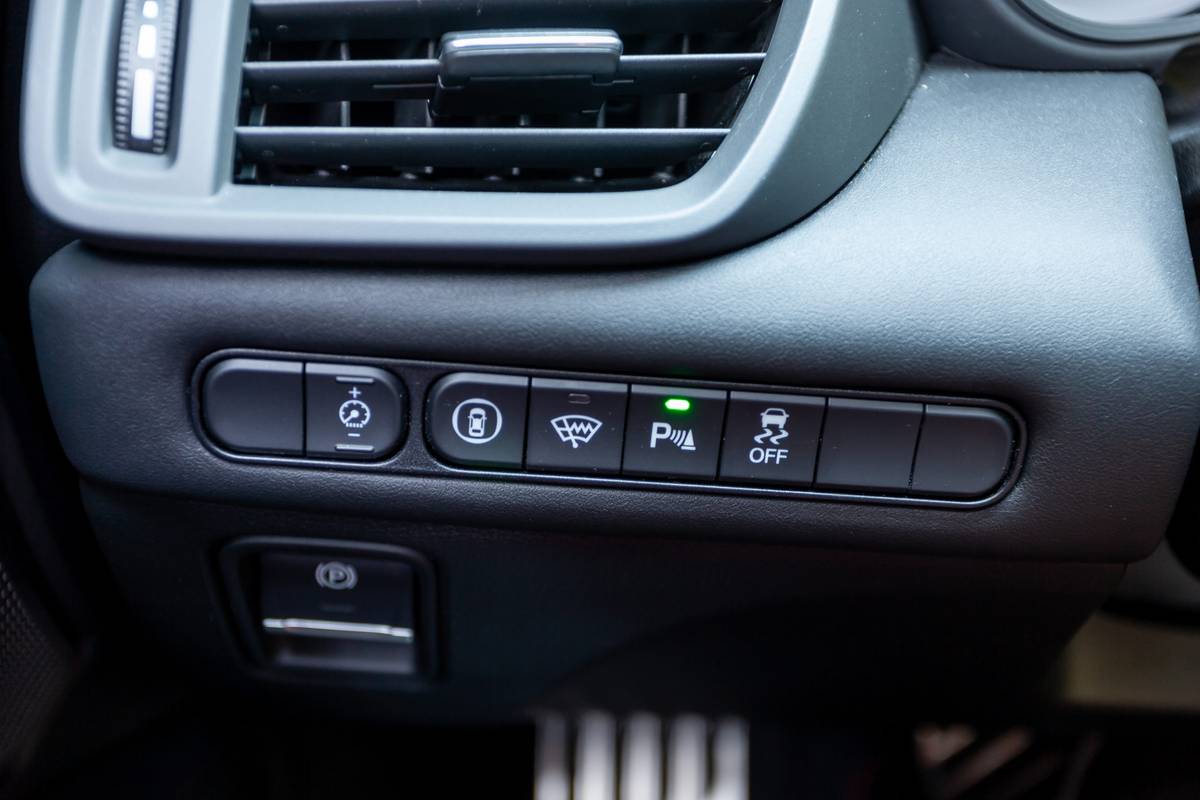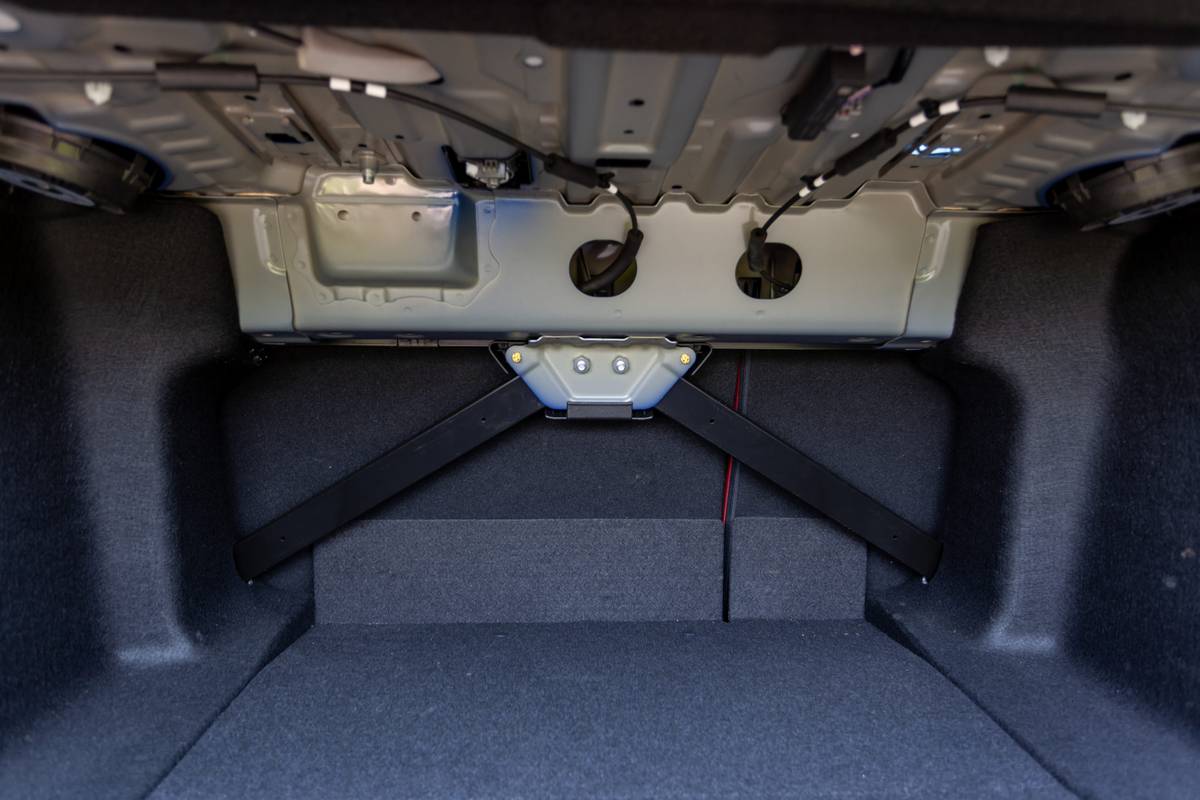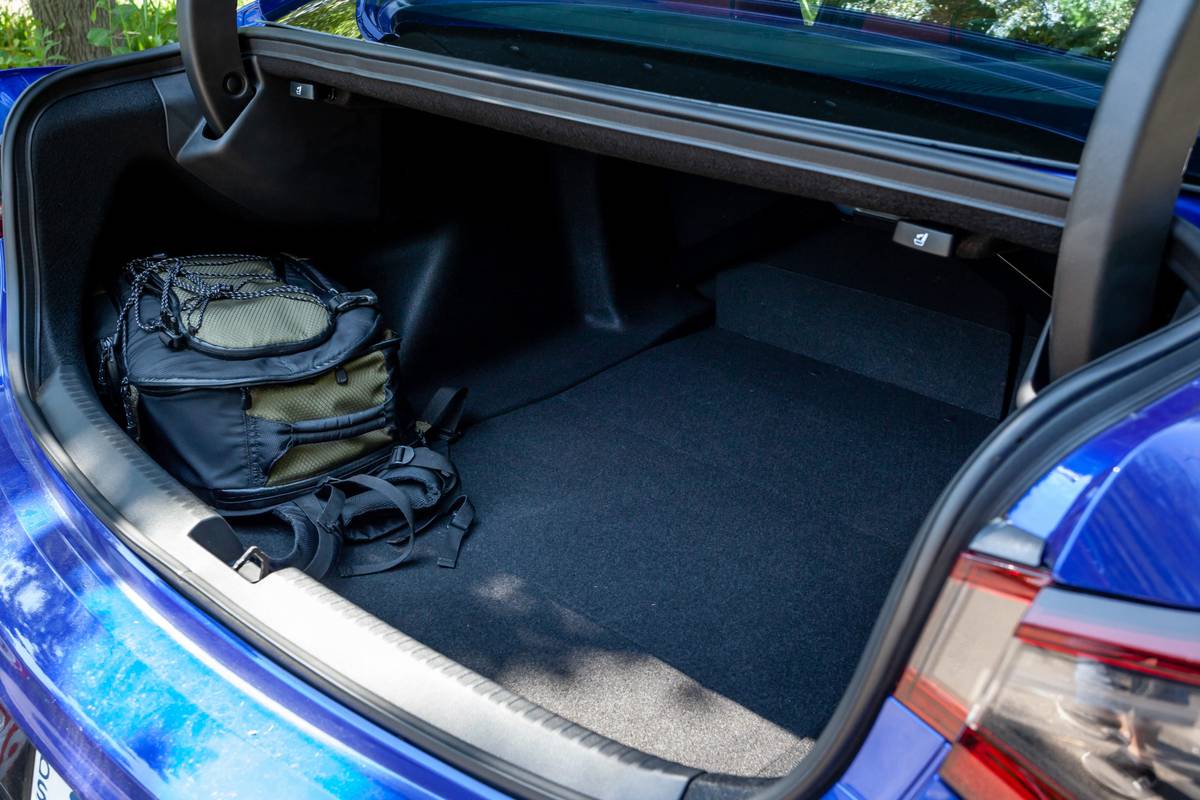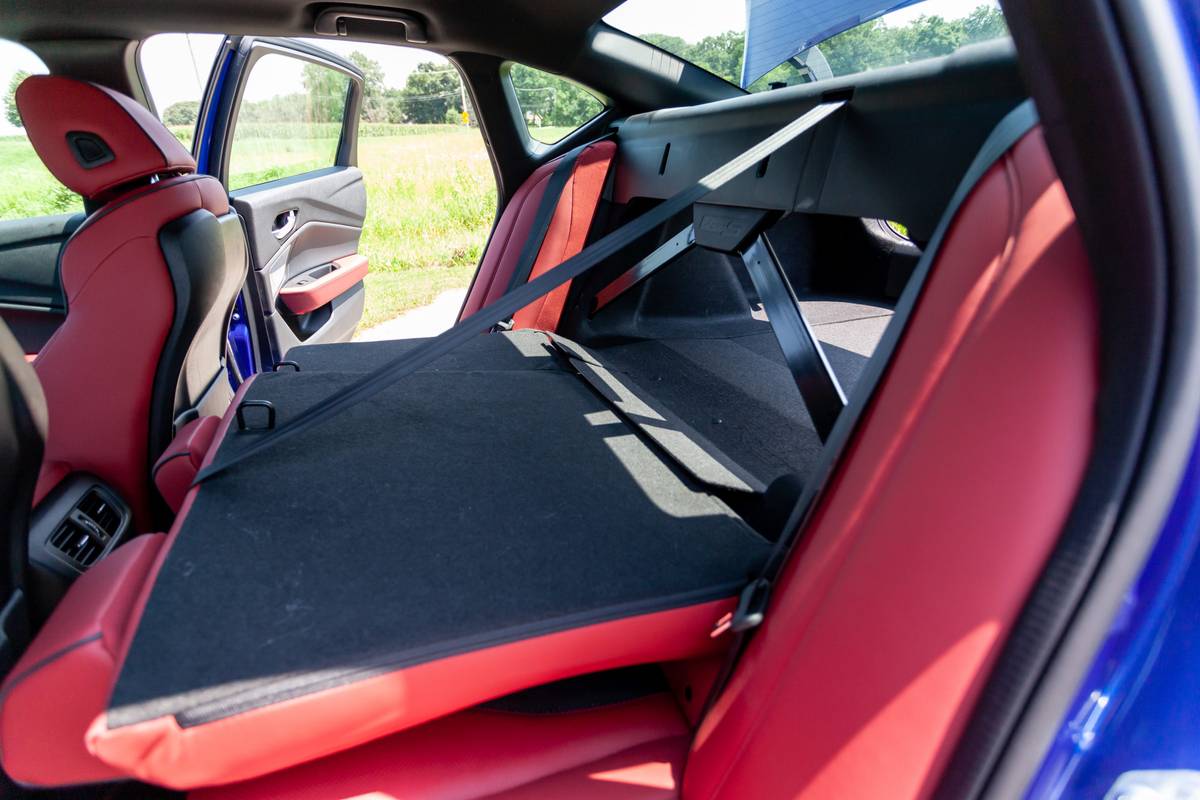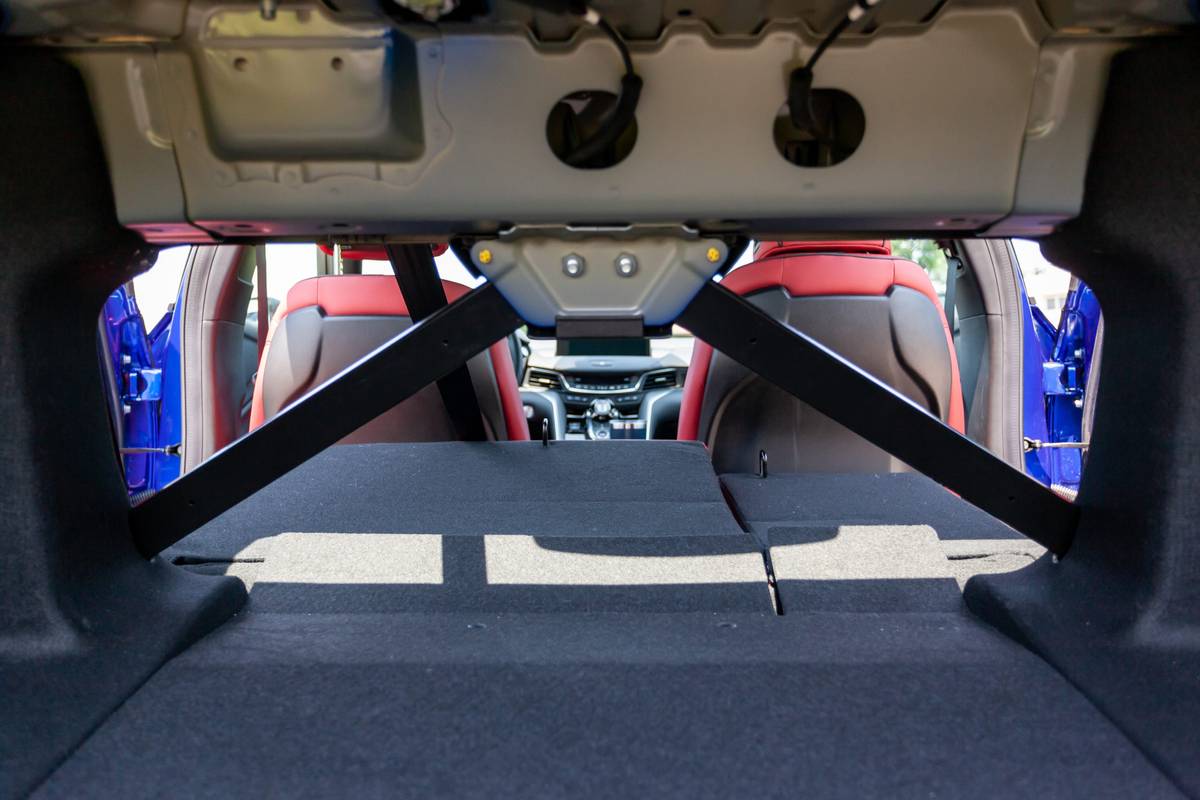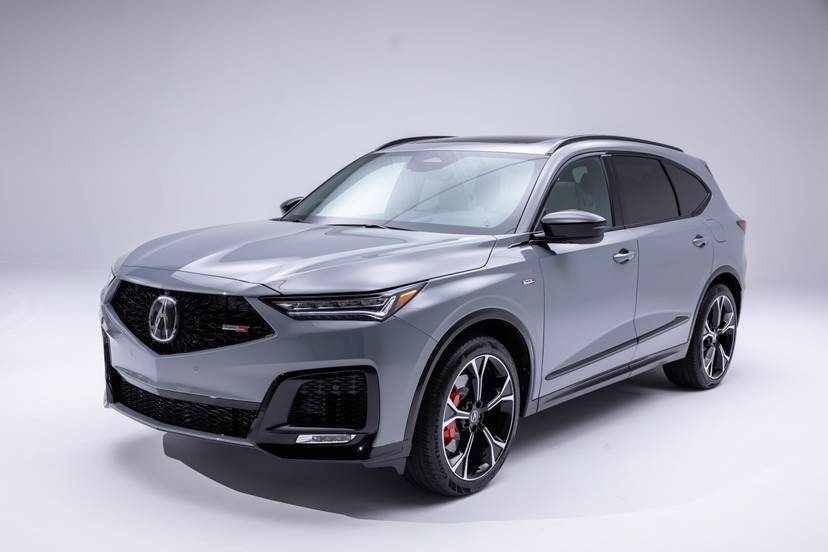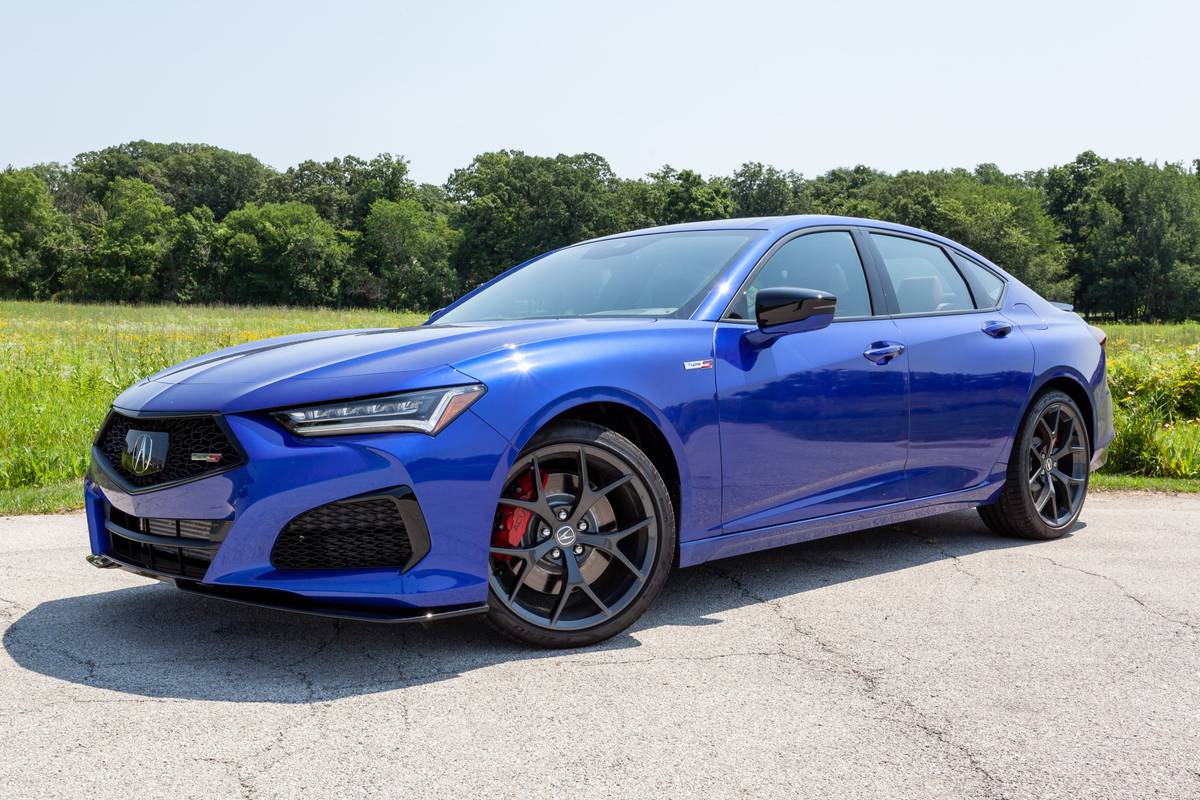
The verdict: Through an array of technological wizardry, the Acura TLX Type S makes you grin in the corners without frowning in the straights.
Versus the competition: Most luxury brands have ditched affordable performance versions of their mainstream sedans, but the TLX Type S is a compellingly frugal option — if not as fire-breathing as some.
Redesigned for 2021, the TLX compact luxury sedan has impressive dynamics and a strong turbocharged 2.0-liter engine, but it longs for more. The TLX Type S is just that, with a turbocharged 3.0-liter V-6 and a stack of goodies in a refined performance package that doesn’t break the bank. Including destination, the sedan starts at $53,845 — fully loaded.
Related: 2021 Acura TLX Review: Subtle Changes, Big Improvements
Acura has been a quirky brand over the past decade, with beak-nosed sedans and SUVs, dual-screen multimedia systems and hybrids that don’t do much for fuel economy. Now, it seems to be finding its stride with its latest offerings in terms of styling, performance and value. The TLX isn’t without its quirks — most Acuras, for example, still lack a touchscreen for their multimedia systems — but the Type S is so good I can see past that miss.
Six Cylinders, One Turbocharger
At the heart of the Type S is a 3.0-liter V-6 that uses a single twin-scroll turbocharger to make 355 horsepower, up 83 hp over the TLX’s turbo 2.0-liter four-cylinder engine. The execution is very BMW-like, with minimal turbo lag despite Acura not choosing twin turbos — a setup prized for responsiveness. There is some lag, but it’s negligible in performance modes that make use of all 10 gears in the Type-S-specific 10-speed automatic transmission.
Driving the Type S is a sensory joy: angry pops on upshifts, gurgles on downshifts and whooshing acceleration noises from the turbochargers. The V-6 has a natural, refined hum during acceleration — at least I think it’s coming from the V-6. My ears might be fooled by the augmented engine sounds Acura pipes through the TLX’s stereo system; the digitized sound is so seamless and pleasing, however, that being synthesized isn’t a downside. The execution is far more refined than in the 2020 and 2021 Civic Type R, where it’s easy to pick out the artificial booming frequencies from the door speakers.
Mechanically, the TLX Type S has flaps in its mufflers that open in different driving modes to increase volume, and the end result of this mechanical/electrical trickery is a genuinely pleasing auditory experience (to me, anyway). That’s in contrast to the 2022 Genesis G70, whose 3.3-liter twin-turbo V-6 has a rather nondescript soundtrack. In less sporty cars, this much investment into drivetrain sound might be wasted effort, but a performance car’s soundtrack is a large part of feeling connected to the car, and the Type S doesn’t disappoint.
What is a little disappointing is that all that power is tasked with motivating a portly 4,200 pounds of car (even with Acura’s optional lightweight wheels). That’s hundreds of pounds heavier than comparable luxury AWD sports sedans, including the Audi S4 (3,847 pounds), Genesis G70 3.3T (3,887), BMW M340i (3,849) and Mercedes-AMG C43 (3,836). All of these cars have more favorable power-to-weight ratios. In previous testing, we clocked an AWD BMW M340i hitting 60 mph in just 3.89 seconds, while Acura reports a 0-60 time of “around 5 seconds” for the Type S. Driving the Type S right after the G70 3.3T we recently evaluated, the Acura feels more modest than that car, which offers harder kick-you-in-the-seat-of-your-pants acceleration.
10 Gears, All Good
Though it looks on paper like a carryover transmission from parent company Honda, the TLX Type S’ 10-speed automatic offers a drastically different experience versus the unit offered in the Odyssey minivan, MDX SUV, Accord sedan and even the base TLX. Mechanical and programming changes strengthen the transmission and quicken shifting, contributing a sense of directness and responsiveness that’s more akin to a dual-clutch automatic than, say, the Odyssey’s unresponsive 10-speed. There’s a consistent shift firmness across the gears — unlike, say, the Ford Mustang GT’s 10-speed, which can get mushy on light throttle even in the most aggressive driving mode. Turned up to the driver-selectable Sport Plus mode, the TLX Type S shifts so hard you can feel the entire drivetrain shudder in response. The programming is aggressive, but it feels worthwhile considering the resulting positive engagement, quick paddle-shifter response and minimal gear hunting.
Acura says the 10-speed in the Type S has a new torque converter, stronger internal gears, improved clutches and a transmission-fluid cooler to handle the extra power. The mechanical changes pair with unique programming for 40% faster downshifts and 30% faster upshifts in Sport Plus mode.
Handling With Super-Handling All-Wheel Drive
There’s something odd about how the TLX Type S drives with its mechanical torque-vectoring AWD — it’s not bad, just unnatural. Throw it into a corner and you can feel the rear outside tire pushing from the back to help the nose rotate toward the apex. It’s an unusual experience, but it lets the Type S do things you wouldn’t think it could — without sacrificing ride quality. The standard adaptive shock absorbers with adjustable firmness have driver-selectable settings for comfort, but even in their most aggressive modes (Sport and Sport Plus offer the same damping), ride quality never feels harsh. My Type S wore optional lightweight 20-inch wheels ($800, which saves 21 pounds total) with Pirelli P Zero high-performance summer tires.
It’s hard to tell the Type S is based on a front-wheel-drive chassis considering its neutral balance and heft. If you really romp into a corner, the car rotates itself and slides out the back, allowing you to use throttle to power out of the corner. It’s interesting because you can plow into a corner too hot, then get on the throttle early (unintuitively, I might add) to rotate the car back on line. This torque-vectoring effect is most prominent in the Sport Plus driving mode.
The steering communicates everything the car is doing quite well, too, which isn’t typical in this class. Acura’s trick AWD pairs with a double wishbone front and multilink rear suspension. It’s a sporty configuration that shares some credit for the balance.
An electro-servo braking system replaces the vacuum-assisted brake booster with an electronic brake-by-wire assist. It’s an exceedingly common approach these days, but the hard brake pedal takes getting used to in normal driving because it’s difficult to modulate smoothly. The pedal has more precision and accuracy during aggressive use, however; it feels more natural in those situations than when driving around town.
More From Cars.com:
- 2021 Acura TLX: 7 Things We Like and 2 We Don’t
- 2021 Acura TLX Type S on Pace to Produce Proper Power
- Acura Teases All-New 2021 TLX, Return of Type S to Lineup
- 2021 Acura TLX Review: Subtle Changes, Big Improvements
- 2021 Acura TLX Test-Drive Video: For Those Who Can’t Quit Cars
TLX Type S Vs. the Competition
Just prior to the arrival of the TLX, I reviewed the updated 2022 Genesis G70 Sport Prestige with rear-wheel drive. It’s the most performance-oriented G70, and it’s a very good car that’s priced similarly to the TLX Type S. Pitting the two performance versions against each other, I’d lean toward the Acura. The Type S comes across as more of a dedicated performance car than the G70 3.3T even though it doesn’t feel as outright quick. The way the TLX Type S handles, steers and manages power through its transmission and AWD is completely seamless. The multimedia control system is a pain to use versus the touchscreens you’ll find elsewhere in the class — have fun using Apple CarPlay or Android Auto without a touchscreen — but the Type S is so robust in other areas, I was less put off by that here than I was in the regular TLX.
But what about the A4/S4, 3 Series and C-Class? While base prices for those cars’ uplevel engines run in the $50,000 to $56,000 range — where the TLX’s $53,000 starting price falls — the Type S is loaded with standard equipment that’s mostly optional on these competitors: adaptive cruise control, adaptive shocks, a head-up display and more. The result is that, in Cars.com’s national new-car listings for September 2021, the Type S had an average list price of $53,825 versus $62,880 for the S4, $61,495 for the M340 and $66,332 for the C43.
While the Type S may not be as quick as its competitors (the BMW M340 approaches the capabilities and pricing of a legit M car), it remains a joy to drive because of how connected you feel — even if you’re not chasing tenths of a second.
Related Video:
We cannot generate a video preview.
Cars.com’s Editorial department is your source for automotive news and reviews. In line with Cars.com’s long-standing ethics policy, editors and reviewers don’t accept gifts or free trips from automakers. The Editorial department is independent of Cars.com’s advertising, sales and sponsored content departments.




































